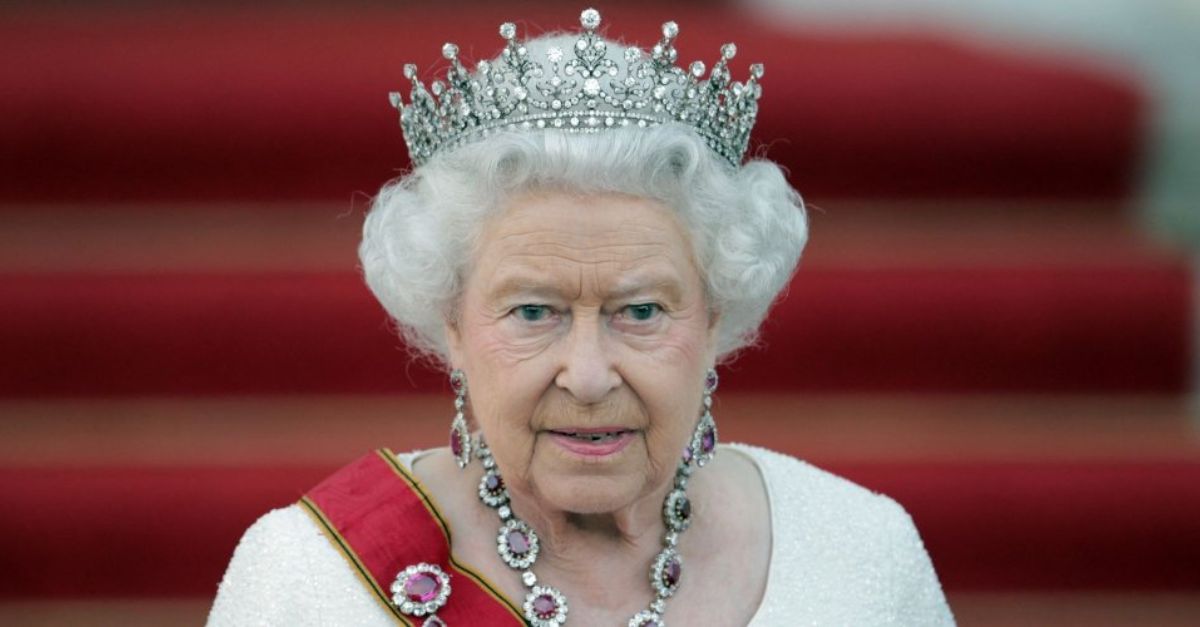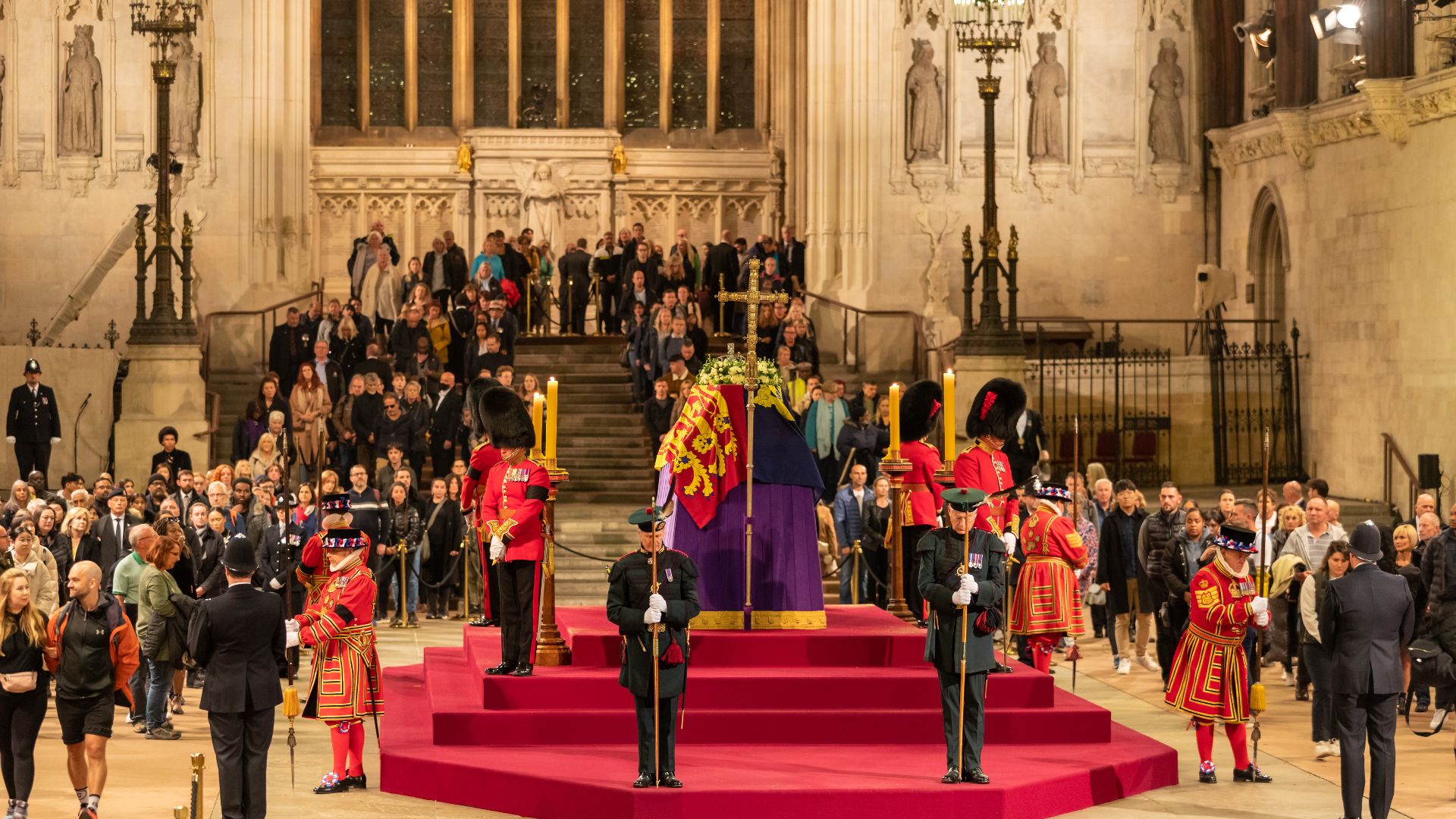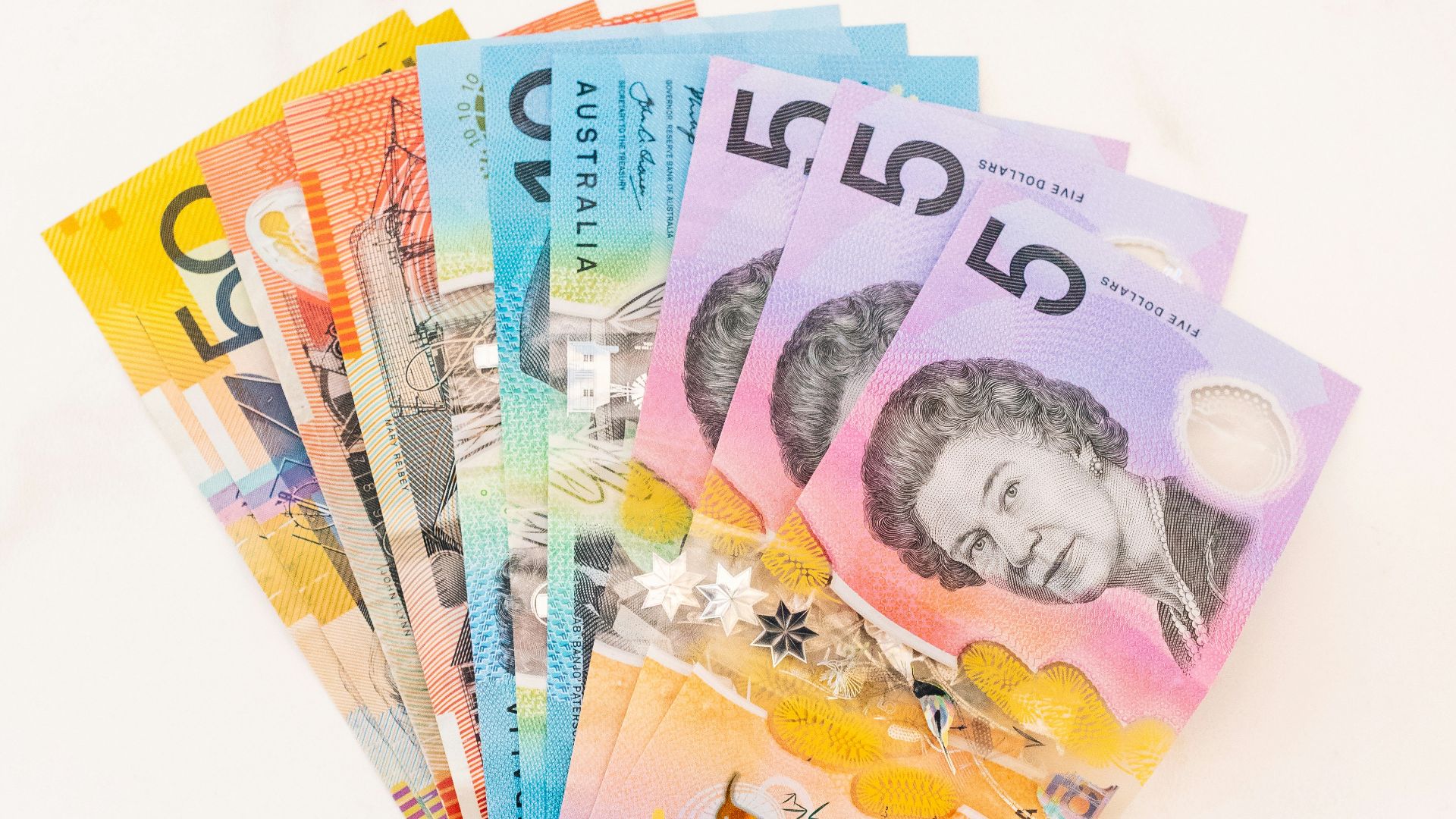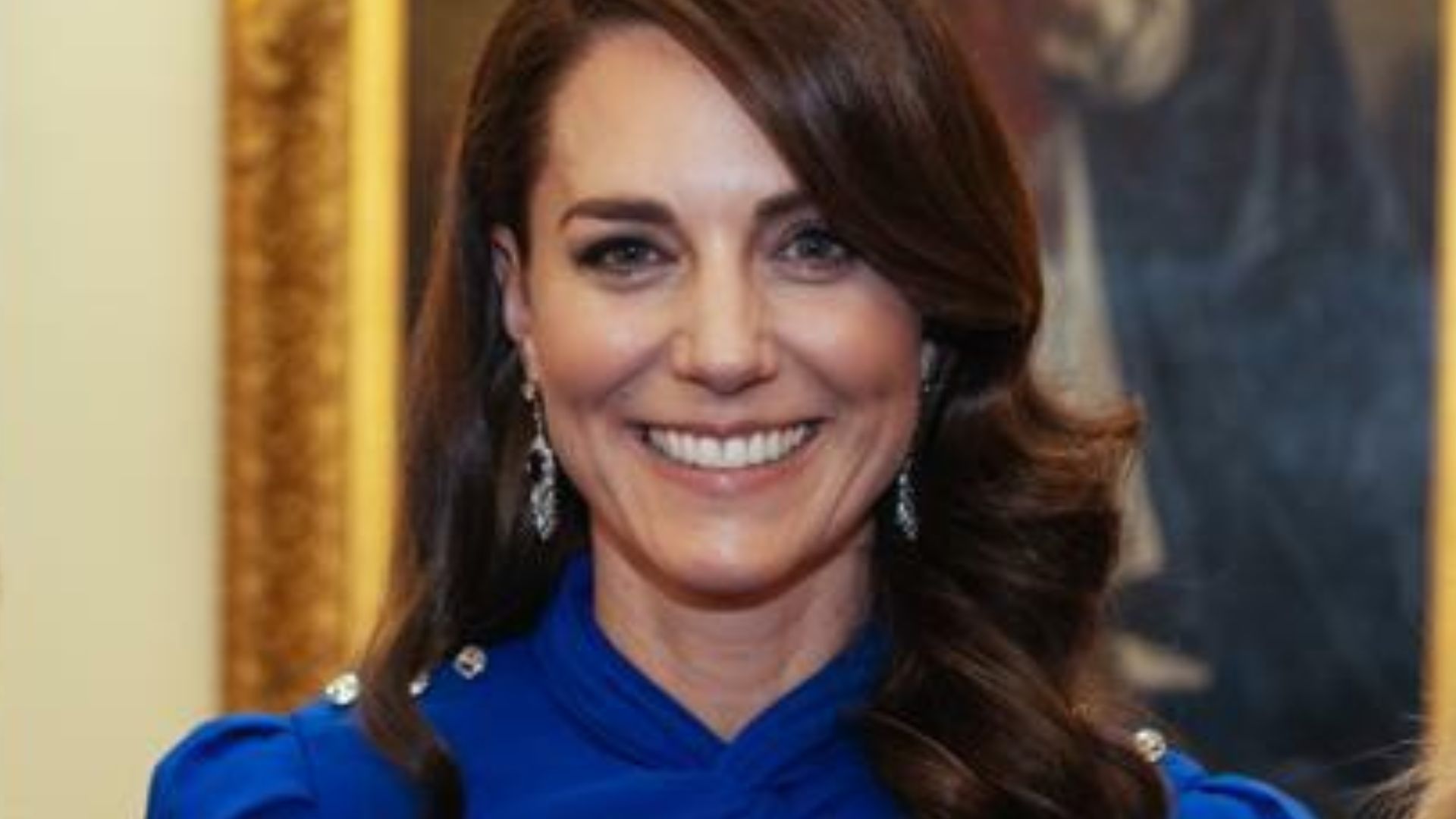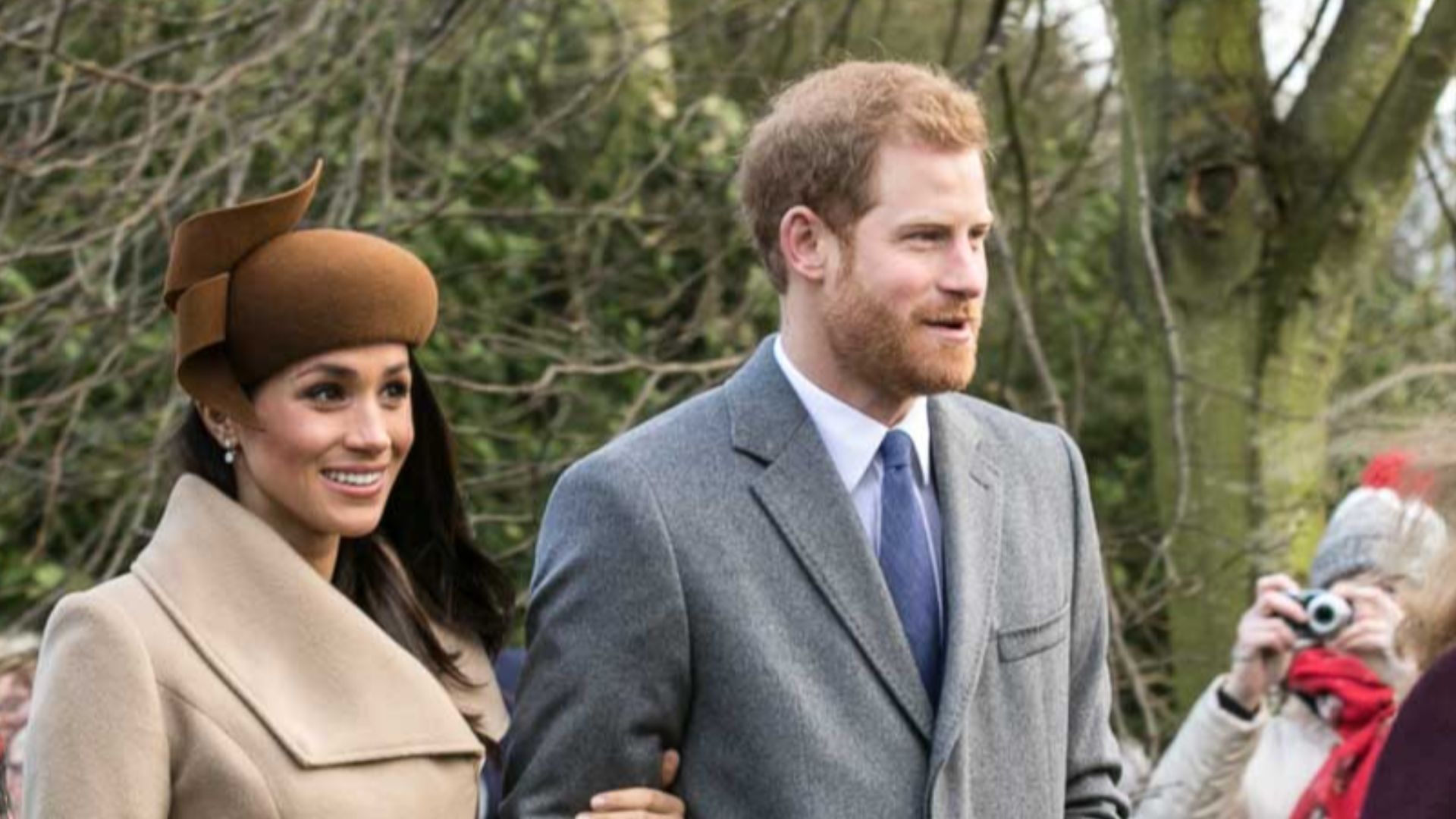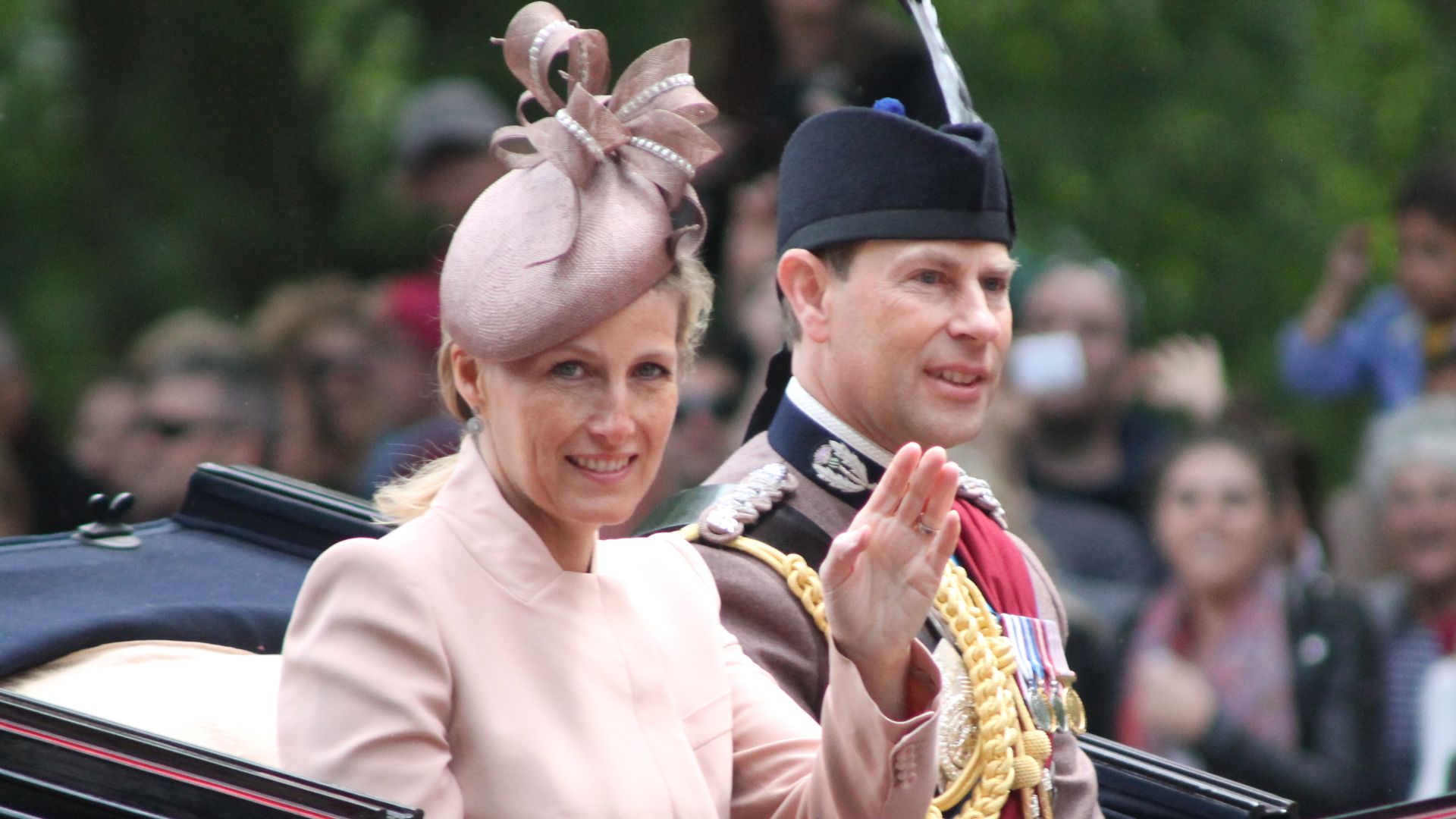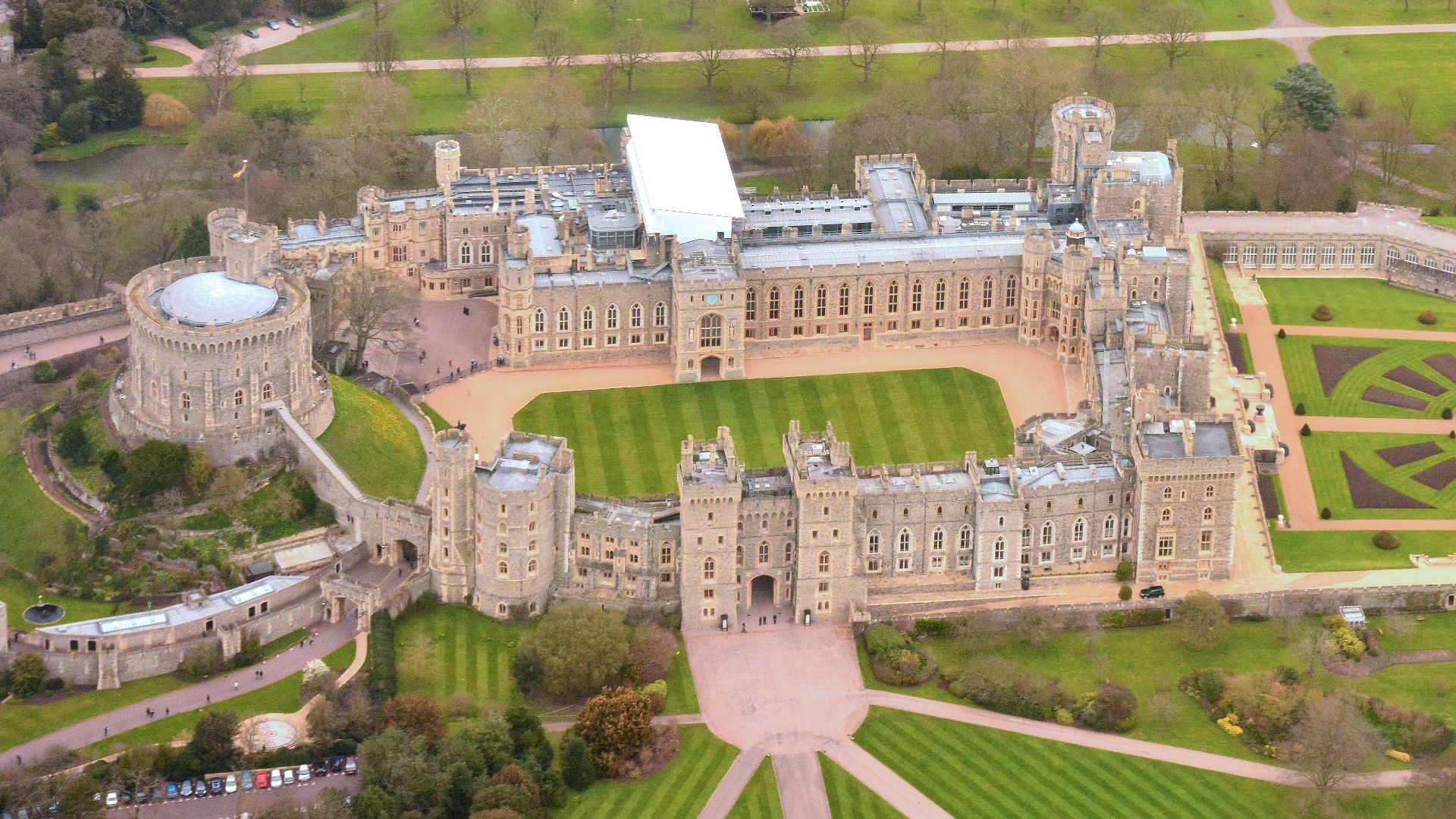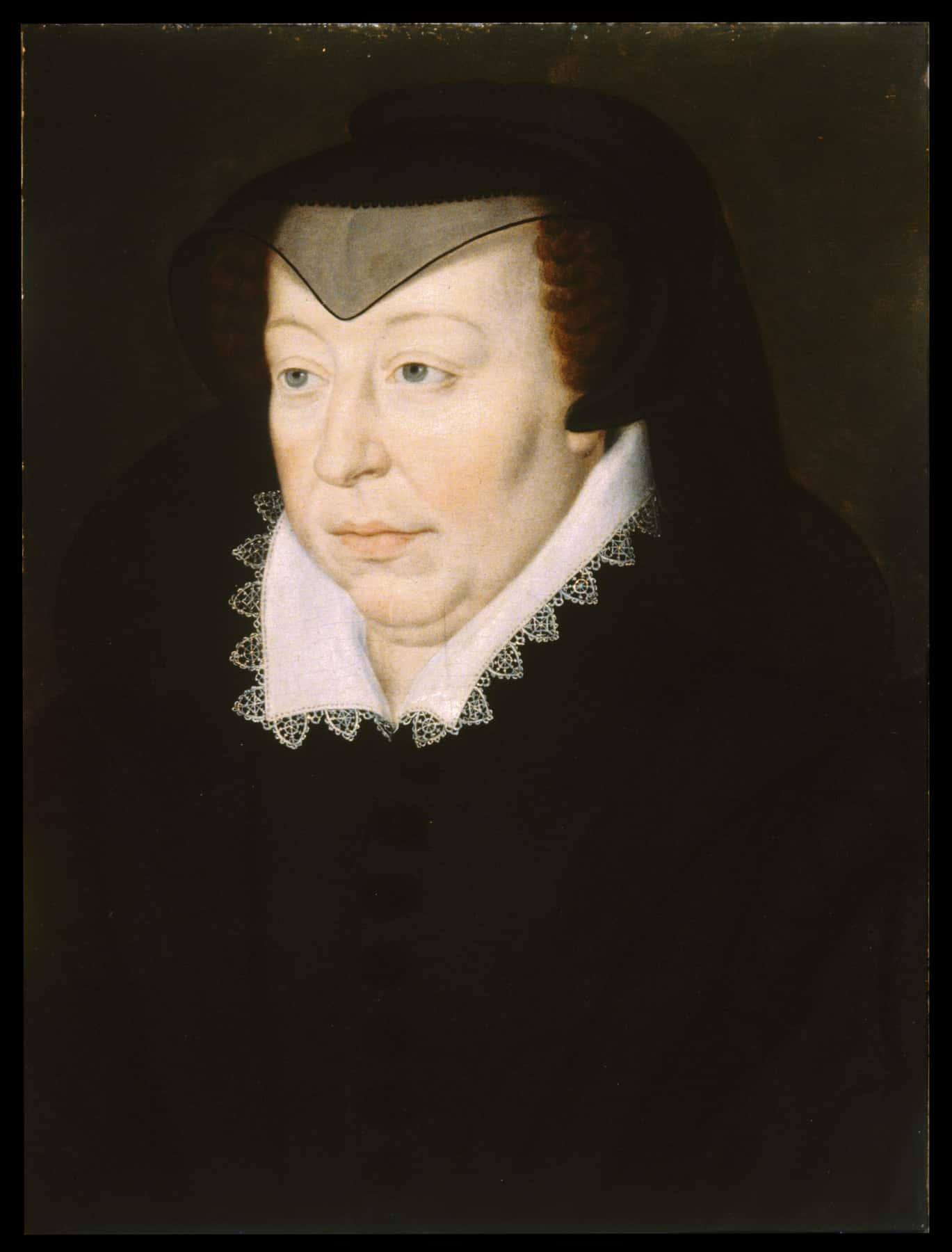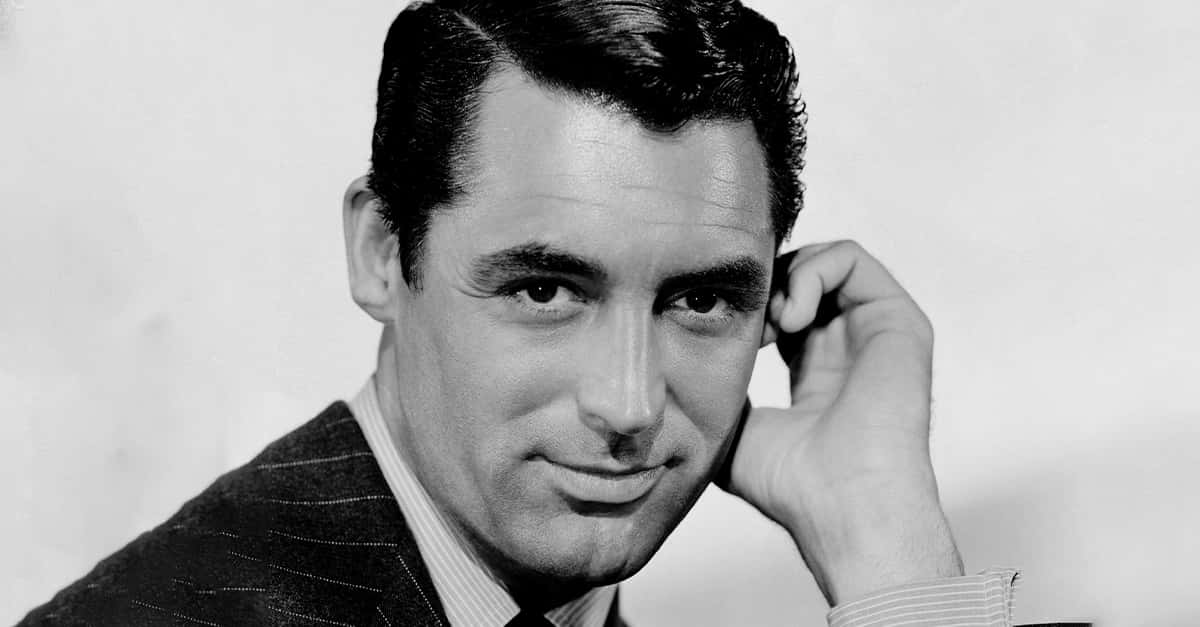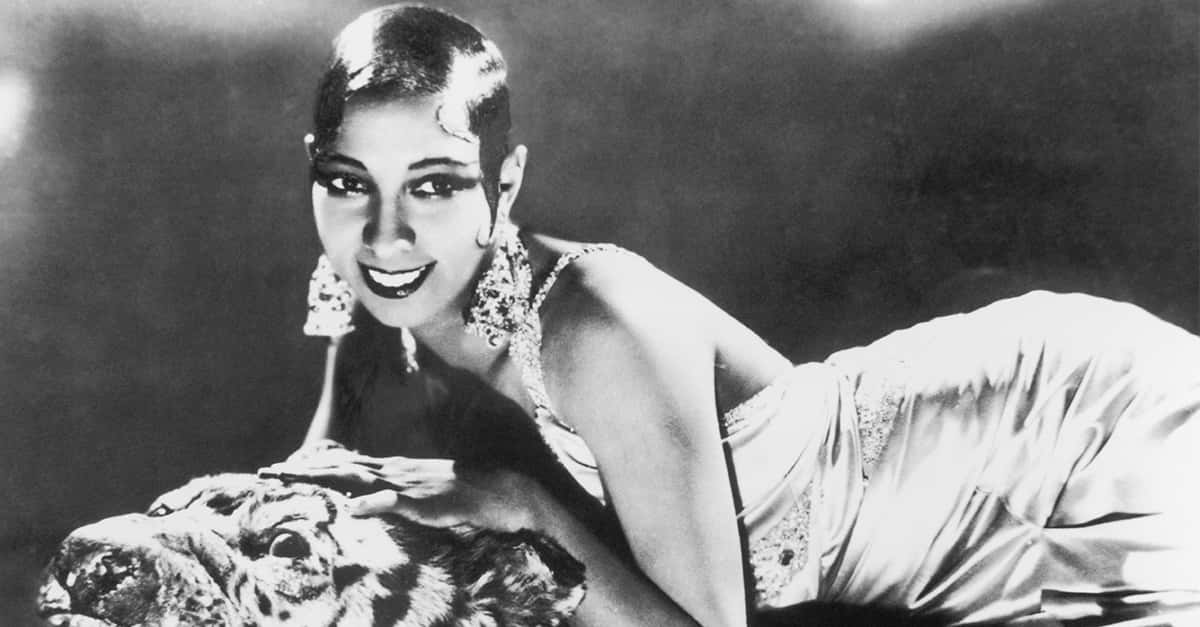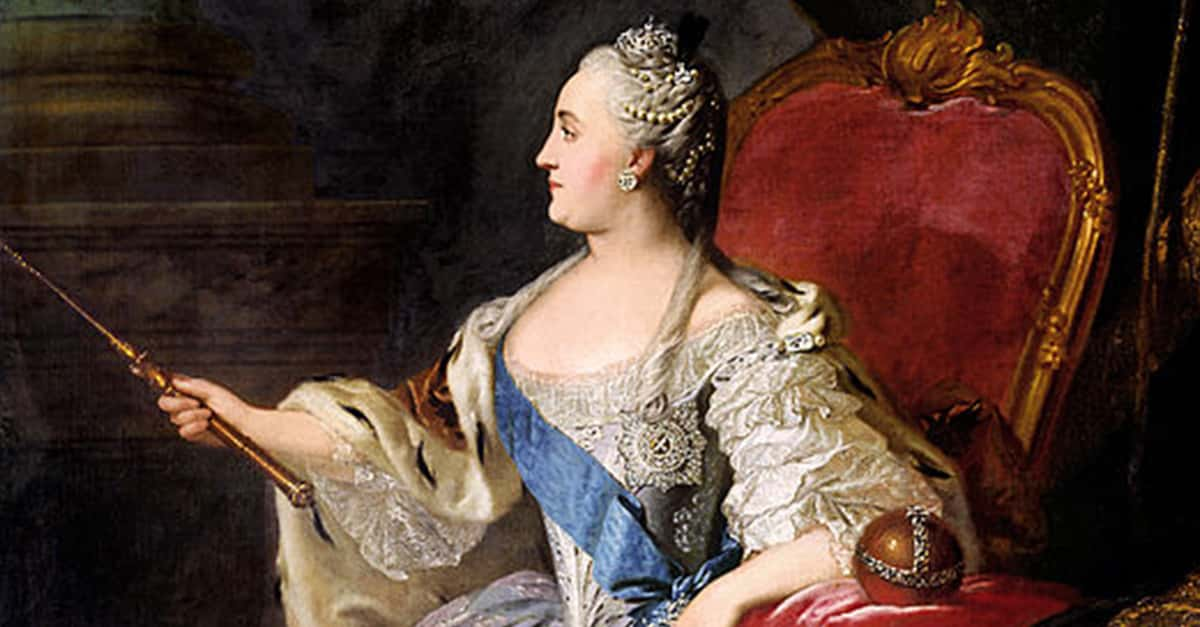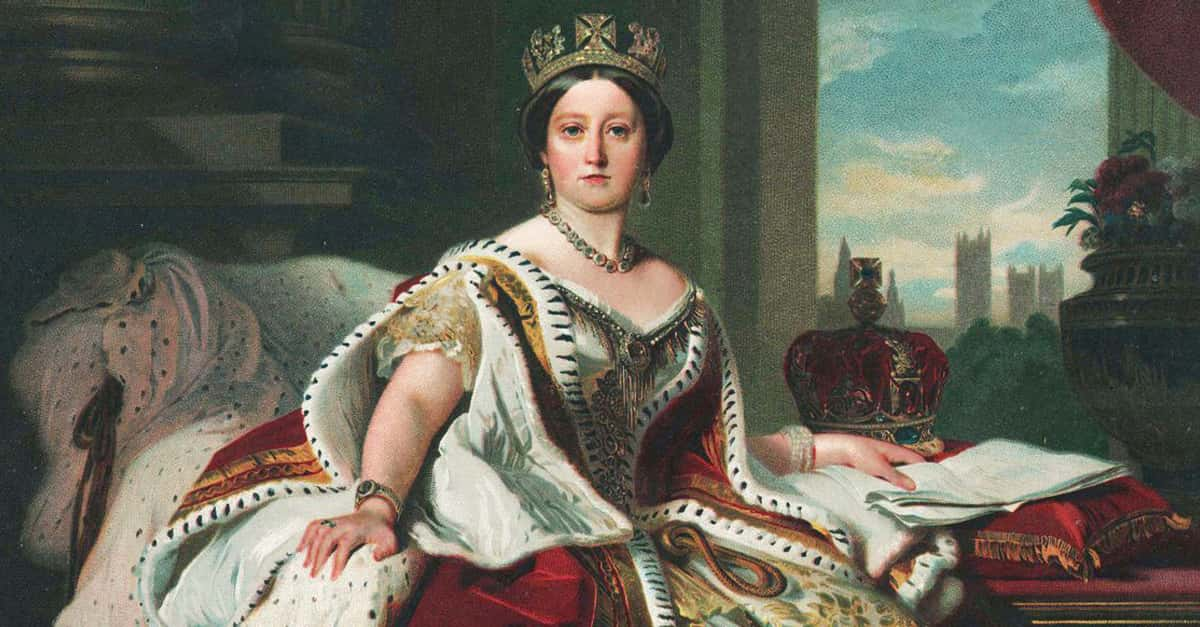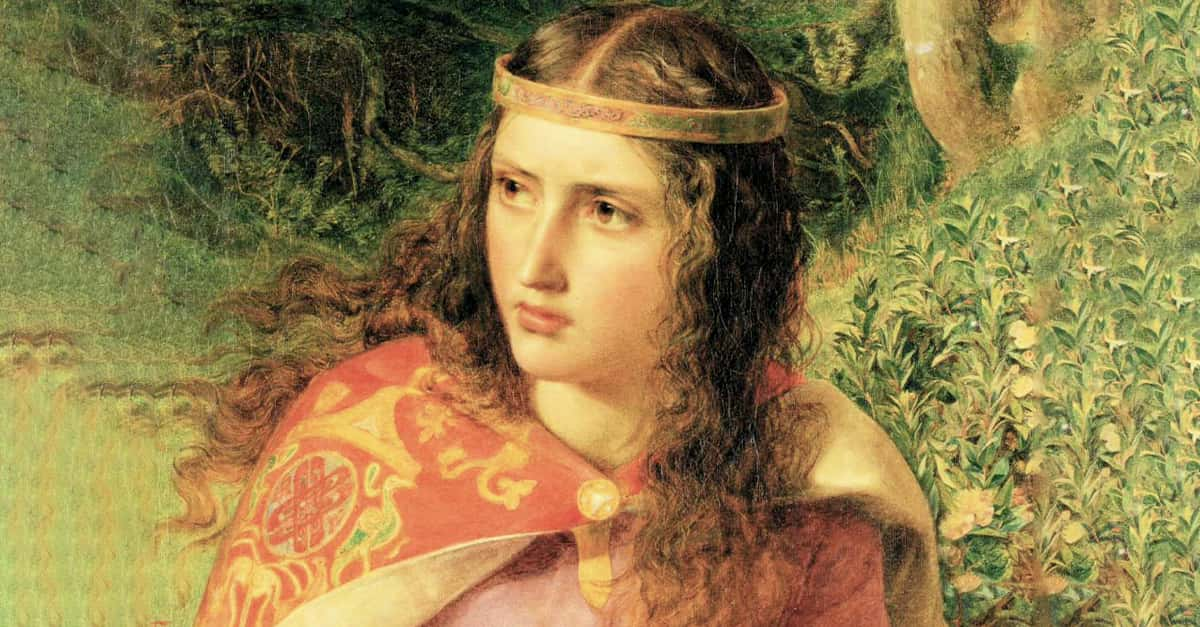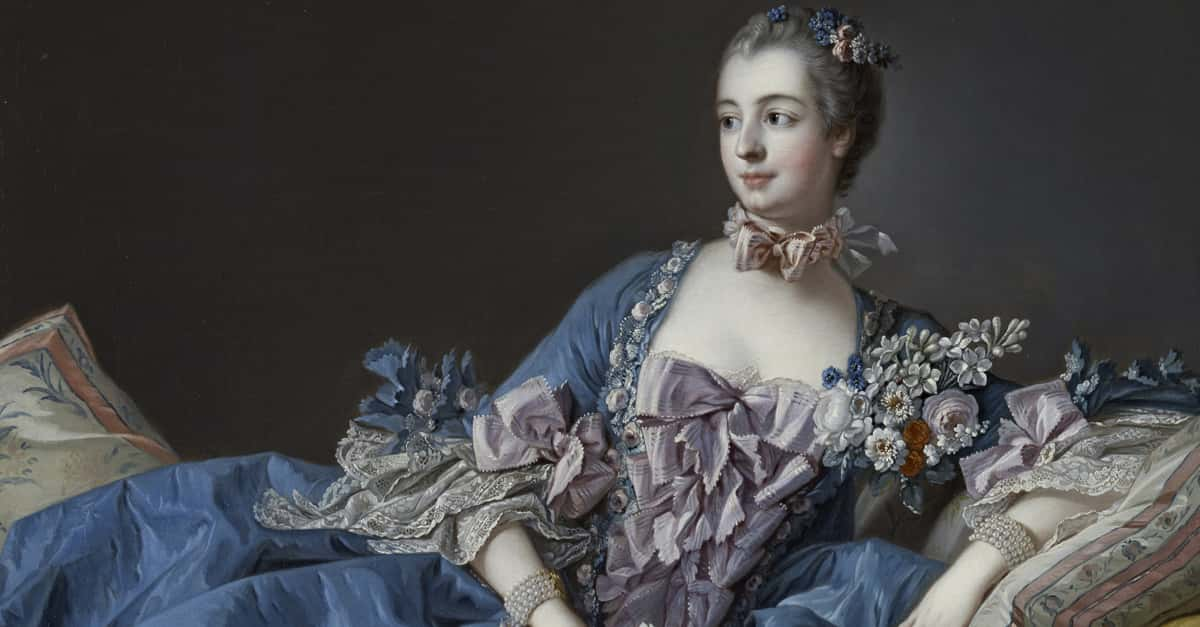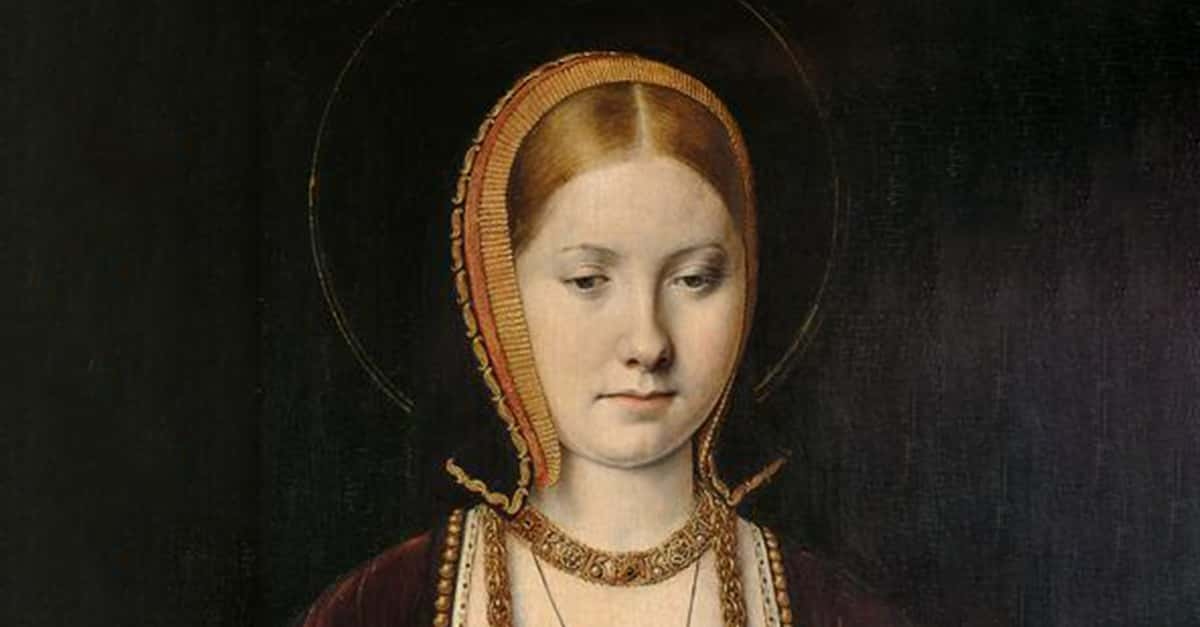A Post-Elizabeth World
The crown never stops, but everything around it does. Since Queen Elizabeth’s death, a ripple of change has moved through politics and culture.

Public Queued En Masse To Mourn The Queen
More than 250,000 people waited for hours—some overnight—to view Queen Elizabeth II’s coffin lying in state at Westminster Hall. The unprecedented turnout demonstrated widespread respect and reverence and captured a national moment of unity rarely seen in modern Britain. The queues themselves became part of the collective historical memory.
Millions Watched The Funeral Around The World
The Queen’s funeral on September 19, 2022, drew almost 29.2 million UK viewers. This event, meticulously choreographed, served as a farewell and a global diplomatic gathering, reinforcing her legacy as one of the world’s most recognized and enduring figures.
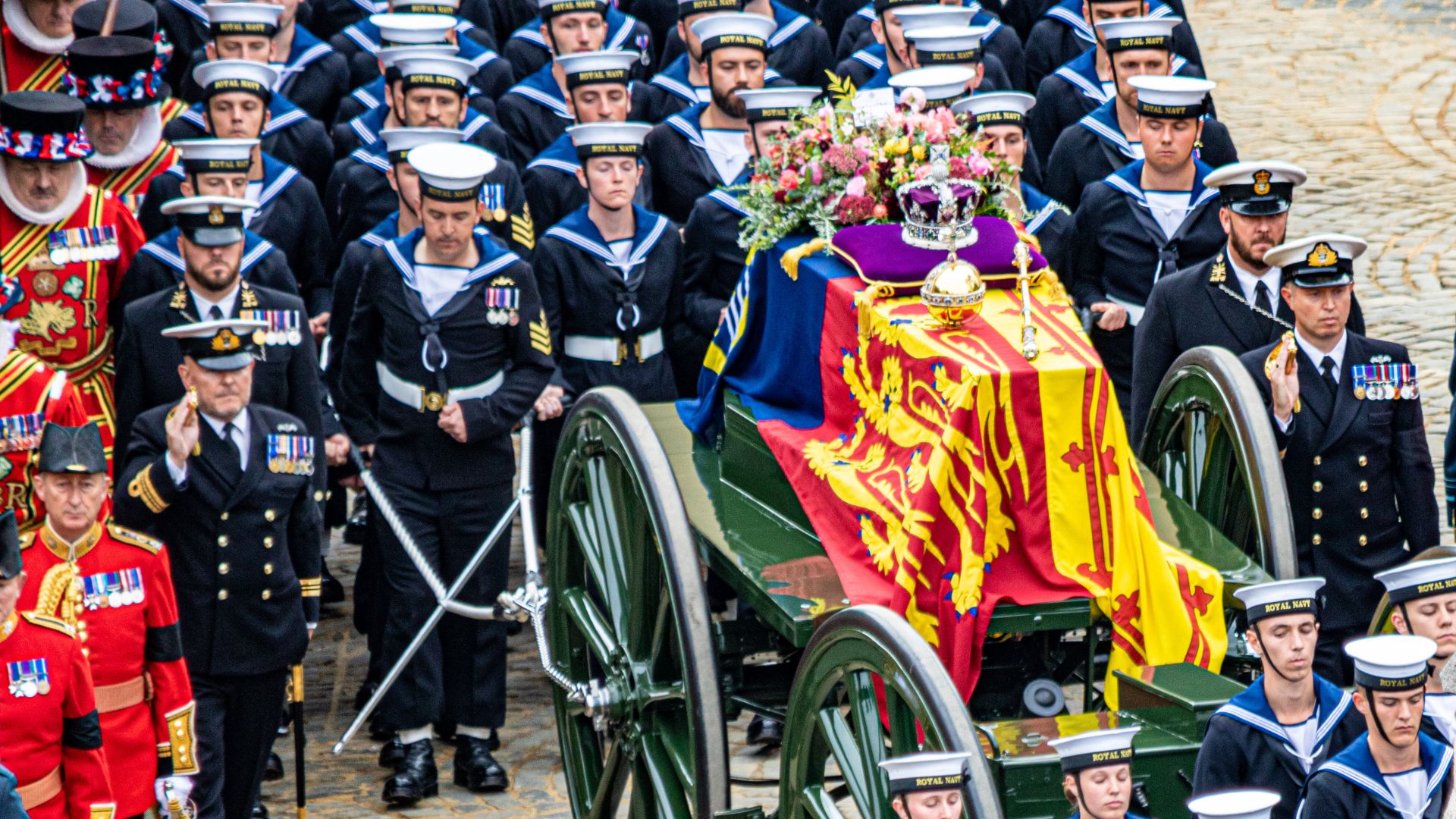 Department for Digital, Culture, Media and Sport, Wikimedia Commons
Department for Digital, Culture, Media and Sport, Wikimedia Commons
Services Around The World Paid Tribute
Memorial services for Queen Elizabeth II weren’t limited to the UK. Cathedrals in Canada, Australia, and New Zealand held tributes, while world capitals hosted diplomatic vigils. The global response highlighted her role not just as Britain’s monarch but as a symbol of continuity and soft power across continents.
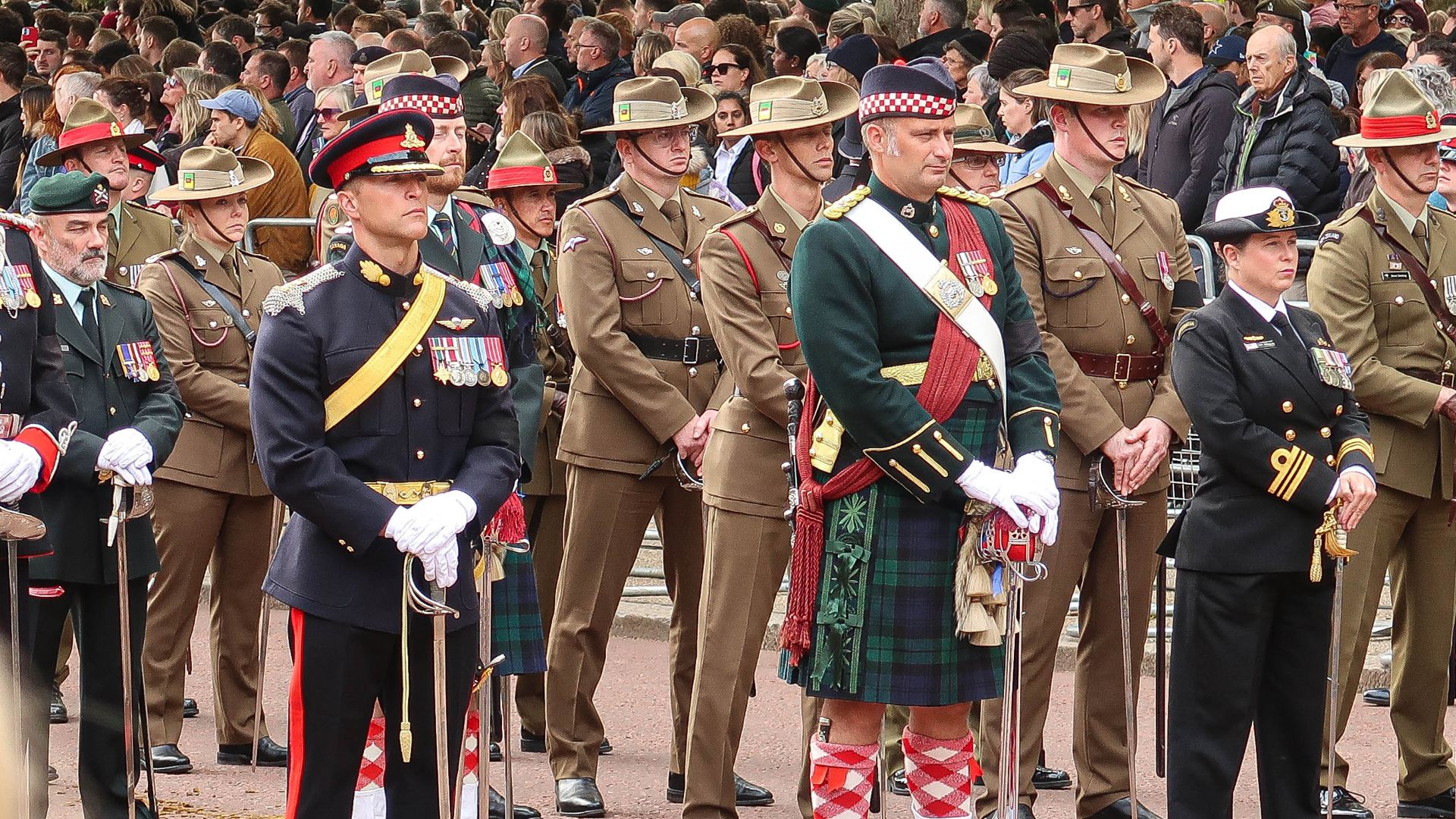 James Boyes from UK, Wikimedia Commons
James Boyes from UK, Wikimedia Commons
King Charles III Officially Becomes Monarch
The moment The Queen passed, Charles ascended the throne—automatically, by law. His new role signaled a constitutional shift not seen in 70 years. Though the United Kingdom remains a parliamentary democracy, the monarchy’s symbolic role carries significant cultural weight, especially amid shifting public opinion and international scrutiny of royal relevance.
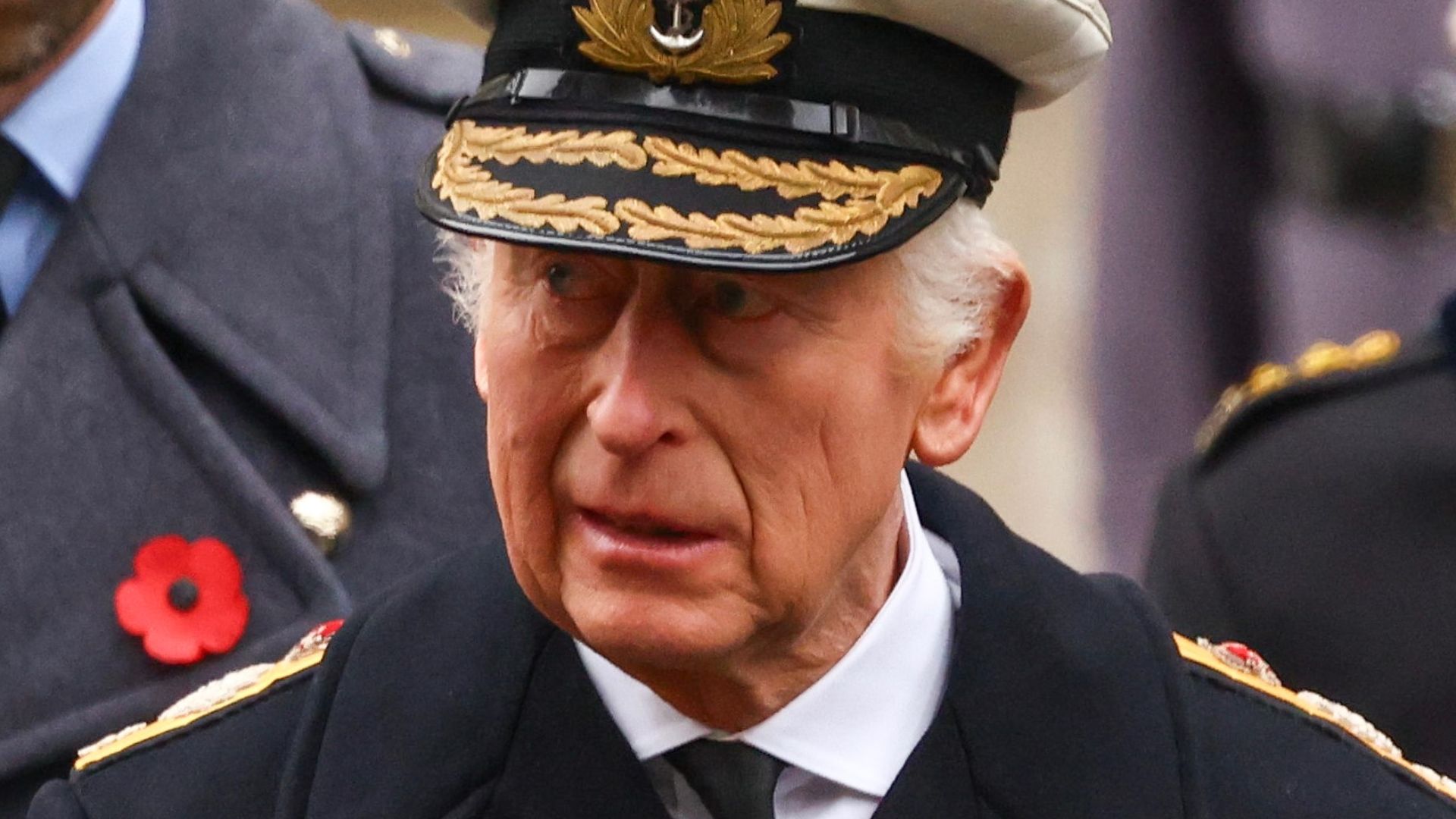 Alecsandra Dragoi / No 10 Downing Street, Wikimedia Commons
Alecsandra Dragoi / No 10 Downing Street, Wikimedia Commons
Special Holidays Declared For Key Transitions
The UK government declared official bank holidays for both the Queen’s funeral and the King’s coronation. These non-recurring public holidays gave citizens time to mourn and participate in national events. The pauses emphasized the historical magnitude of these transitions—rare milestones in the constitutional and cultural fabric of Britain.
 Queen’s funeral: Service at Westminster Abbey for Queen Elizabeth II by Channel 4 News
Queen’s funeral: Service at Westminster Abbey for Queen Elizabeth II by Channel 4 News
Charles III Eliminated The Ladies-In-Waiting Role
In a quiet yet symbolic break from tradition, King Charles III and Queen Camilla chose not to continue the role of ladies-in-waiting, a court position that served Queen Elizabeth II for decades. Instead, Camilla appointed a smaller team of “Queen’s Companions” for occasional support.
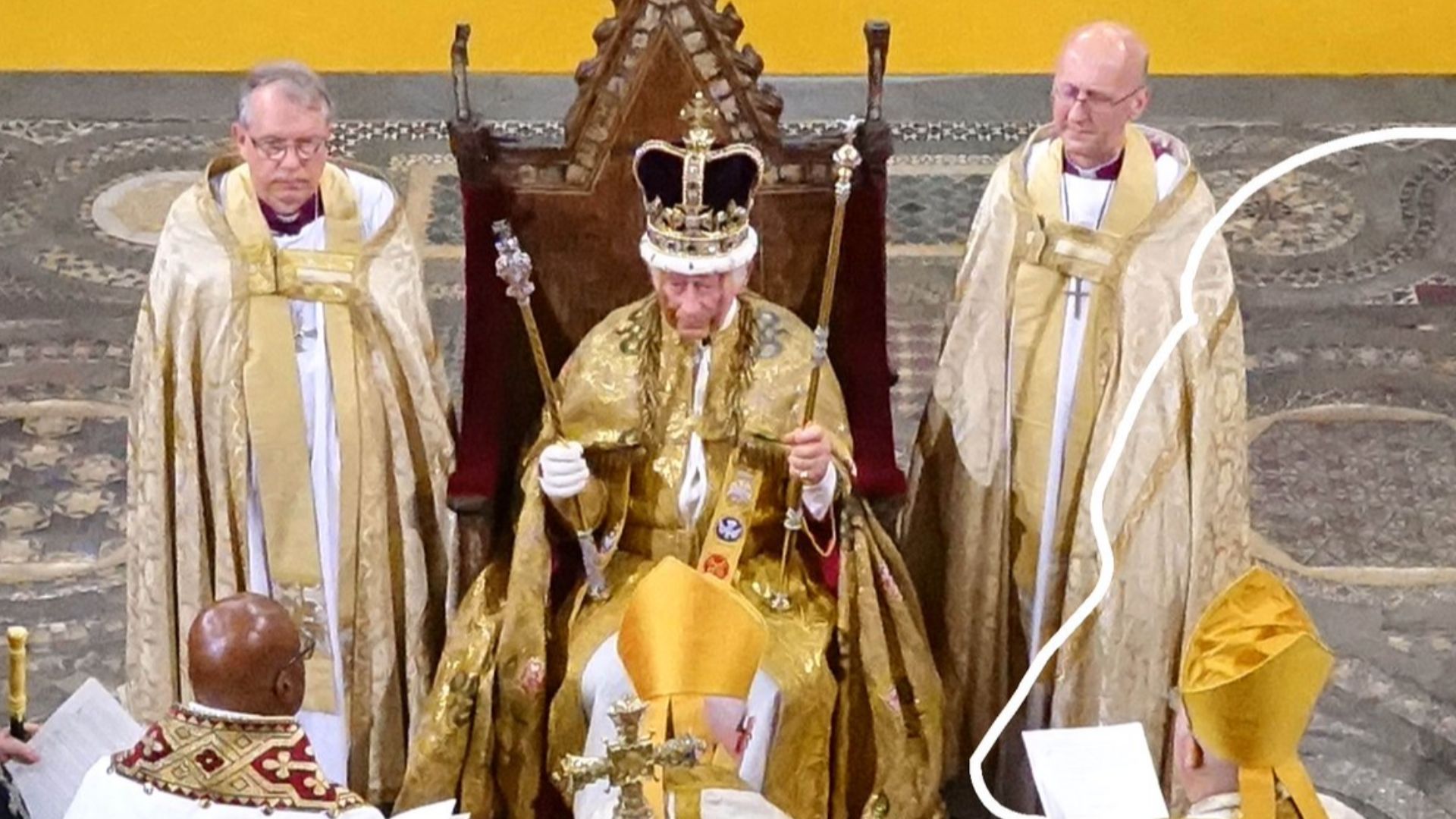 Foreign, Commonwealth & Development Office, Wikimedia Commons
Foreign, Commonwealth & Development Office, Wikimedia Commons
Line Of Succession Adjusts To Reflect New Reign
With Charles’s ascension, the royal line of succession shifted automatically. Prince William became first in line, followed by Prince George. The updated hierarchy is more than ceremonial. It anchors constitutional stability and ensures clarity in the monarchy’s future, especially in an era increasingly questioning the institution’s long-term role.
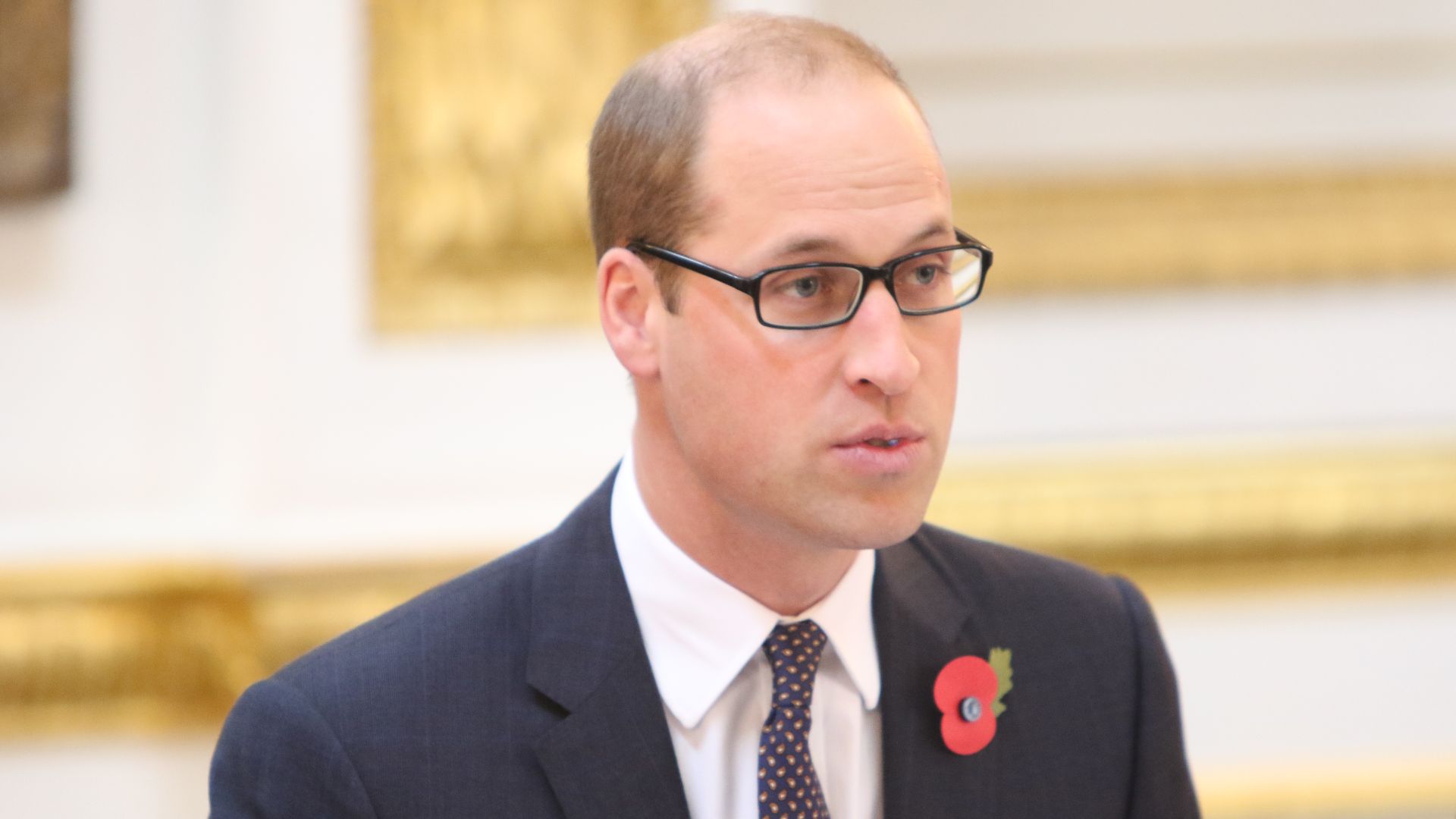 Foreign and Commonwealth Office, Wikimedia Commons
Foreign and Commonwealth Office, Wikimedia Commons
A Coronation Unlike His Mother’s
The coronation, held in May 2023, blended ancient tradition with modern touches. Unlike Elizabeth’s grandeur in 1953, Charles favored a streamlined ceremony with interfaith elements and global representatives. His choice reflected a monarchy adapting—deliberately and visibly—to contemporary Britain’s diverse population and its changing expectations of royal ritual and relevance.
 1953. Coronation of Queen Elizabeth: 'The Procession'. by pedrcymro29
1953. Coronation of Queen Elizabeth: 'The Procession'. by pedrcymro29

History's most fascinating stories and darkest secrets, delivered to your inbox daily.
Caribbean Nations Renew Calls To Become Republics
Queen Elizabeth’s death reignited constitutional debates across the Caribbean. Leaders in Jamaica, Antigua and Barbuda, and Saint Kitts and Nevis publicly discussed transitioning to republics. For many, the end of Elizabeth’s era offered a natural breakpoint and a chance to formally sever colonial-era ties.
 User: (WT-shared) Bz3rk at wts wikivoyage, Wikimedia Commons
User: (WT-shared) Bz3rk at wts wikivoyage, Wikimedia Commons
Australian Currency Moves Beyond Royal Faces
Australia’s decision to feature Indigenous artwork instead of King Charles III on the new $5 banknote marked a quiet but powerful cultural pivot. While coins still bear his image, this paper currency change underscores a broader desire to recognize native heritage and move gradually away from British colonial symbolism in daily life.
Belize Plans To Remove Royal Portraits
In 2024, Belize announced its intention to phase out Queen Elizabeth II’s image from national banknotes. The move was part of a wider effort to reinforce Belizean identity. By replacing colonial imagery with locally significant symbols, the country signaled both financial independence and a growing disconnection from monarchical influence post-Elizabeth.
The King Now Grants Royal Assent To Laws
With Charles III’s accession, the monarch’s ceremonial duty of granting Royal Assent to new laws transitioned seamlessly. Though largely symbolic today, it remains a constitutional requirement. Each bill passed by the Parliament becomes law only once the King’s approval is recorded in a ritual that underscores continuity in Britain’s legislative process post-Elizabeth.
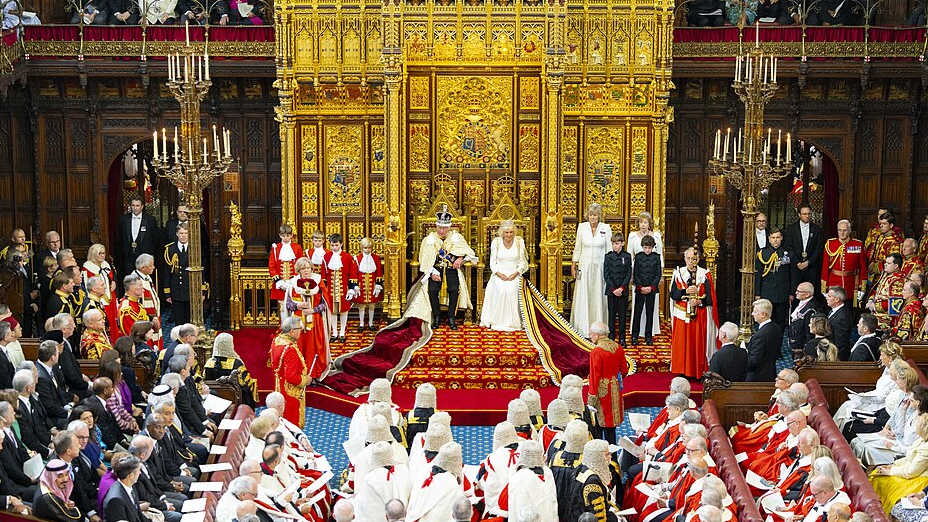 Roger Harris/House of Lords, Wikimedia Commons
Roger Harris/House of Lords, Wikimedia Commons
Privy Council Meetings Resume Under A New Sovereign
The Privy Council—Britain’s centuries-old advisory body—continues meeting under King Charles III. These closed-door sessions formalize governmental processes, including charters and key appointments. While the Queen’s meetings were tightly choreographed, Charles has shown interest in keeping this tradition discreet and operationally effective.
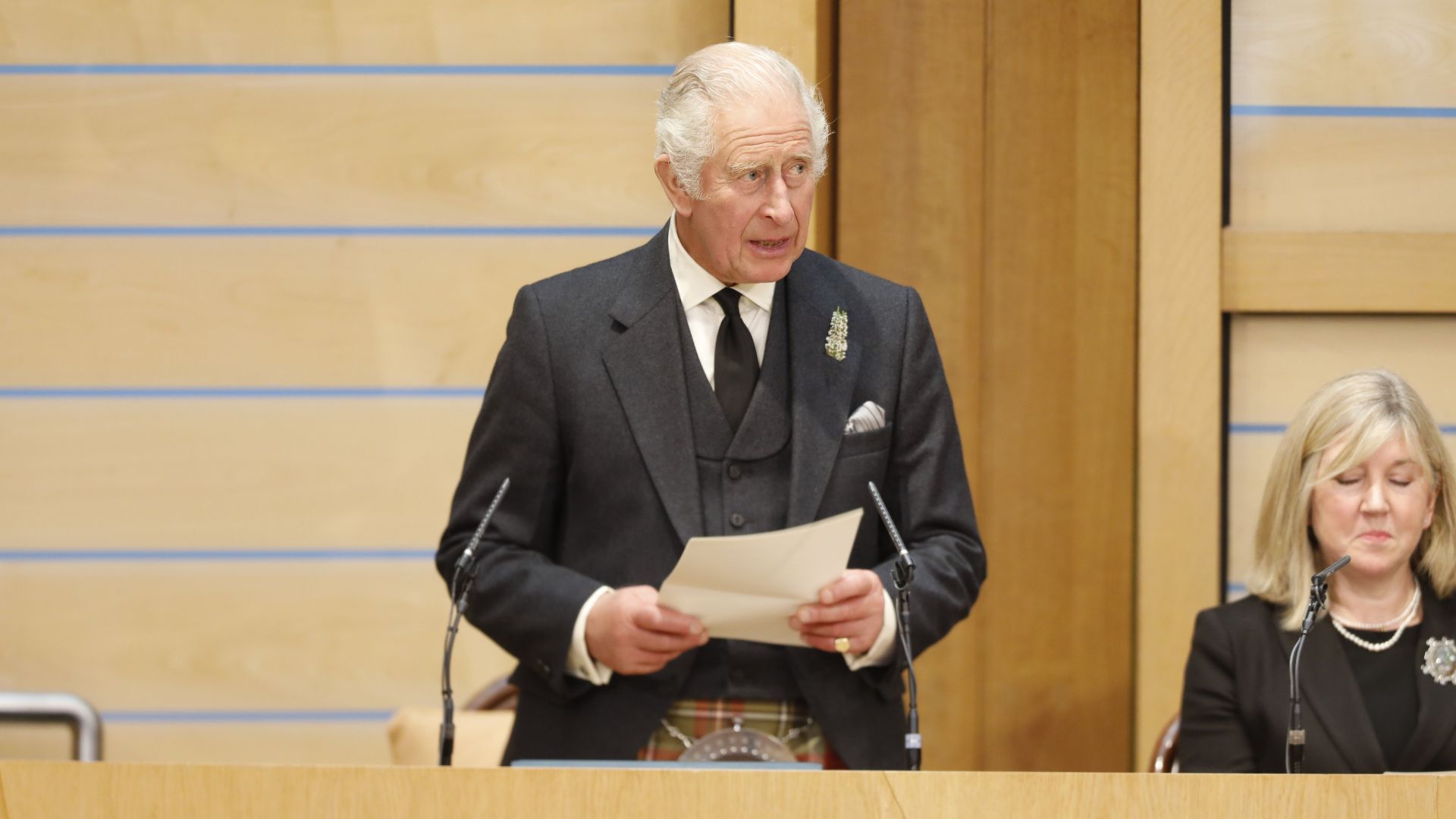 Scottish Parliament, Wikimedia Commons
Scottish Parliament, Wikimedia Commons
British Banknotes Now Feature King Charles III
For the first time in seven decades, the monarch’s face on UK currency changed. Banknotes bearing King Charles III’s portrait entered circulation in June 2024. While older notes with Queen Elizabeth II remain valid, this visual update in wallets and tills highlights a generational and institutional transition still unfolding.
 Gareth Fuller - PA Images, Getty Images
Gareth Fuller - PA Images, Getty Images
Prince William Now Carries The Wales Title
Following Charles’s ascension, Prince William assumed the title Prince of Wales, traditionally held by the heir apparent. This shift came with added responsibilities, including increased public appearances and charitable leadership. The new title repositions William as a central figure in shaping the monarchy’s image for a younger, more global audience.
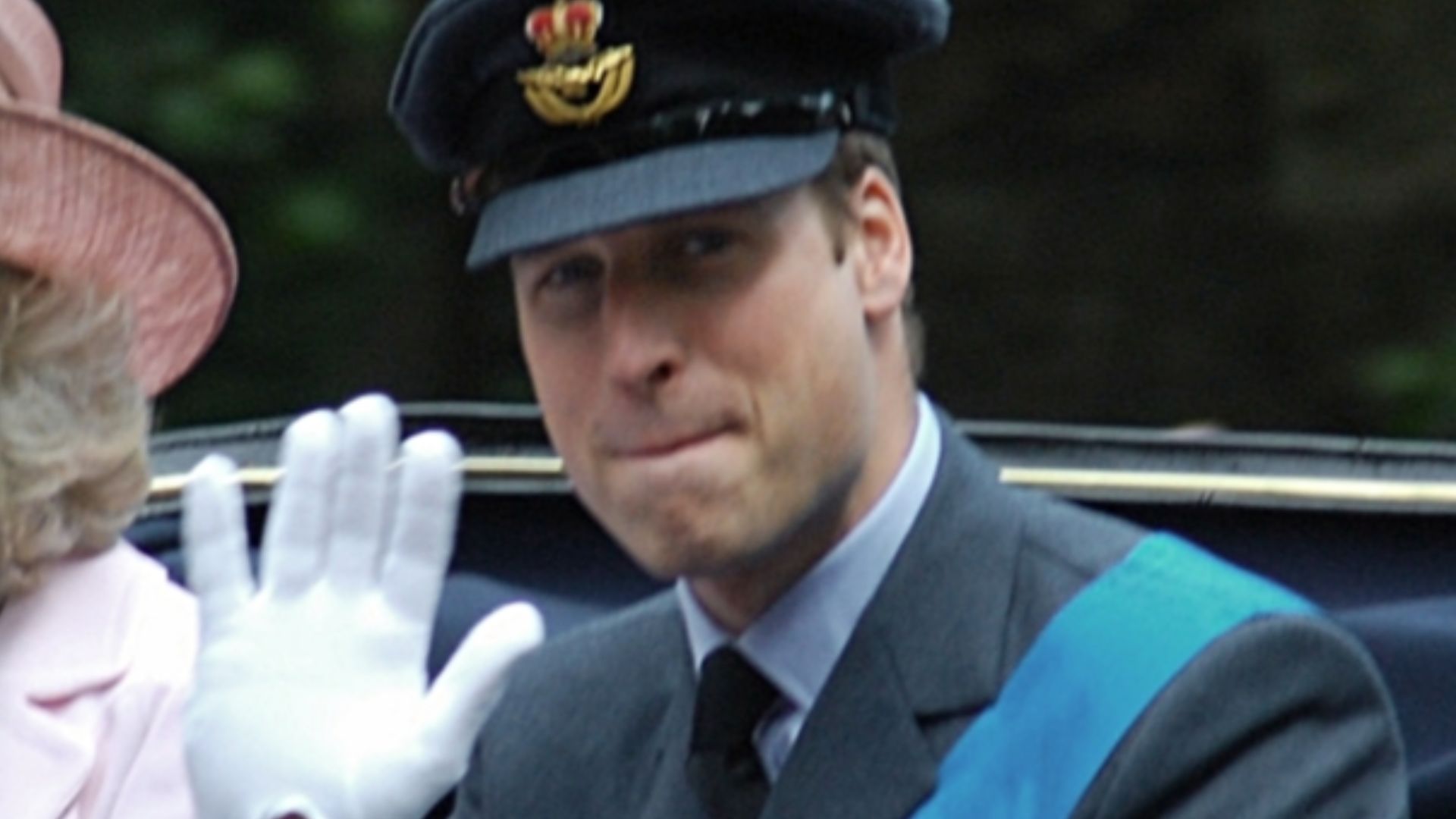 Robert Payne, Wikimedia Commons
Robert Payne, Wikimedia Commons
Kate Middleton Becomes Princess Of Wales
With William’s new title, Catherine took on the historic role of Princess of Wales—once held by Princess Diana. Her updated position increases her visibility and symbolic weight within the monarchy. Carefully balancing approachability with royal formality, Kate’s modern public image has become key to the monarchy’s efforts to maintain relevance.
Harry And Meghan’s Children Receive Royal Titles
After Elizabeth’s death, Archie and Lilibet Mountbatten-Windsor became eligible to use “Prince” and “Princess” titles under longstanding rules. Though living in California and distanced from royal duties, their new styling sparked debate about lineage and privilege—especially amid ongoing tensions between the Sussexes and Buckingham Palace.
Sophie Steps Forward As Duchess Of Edinburgh
After Prince Edward received the Duke of Edinburgh title, Sophie became Duchess of Edinburgh—an elevated role met with public approval. Increasingly visible at events, she has taken on more charitable duties and official engagements, which reinforces her position as a trusted, steady presence amid shifting dynamics within the modern royal family.
Prince Andrew Remains Sidelined From Public Life
Despite the change in the monarch, Prince Andrew has not resumed public duties. Stripped of his honorary military titles and patronages following legal controversies, he remains largely out of sight. King Charles has maintained the firm boundary, prioritizing the monarchy’s public image and distancing the institution from unresolved reputational damage.
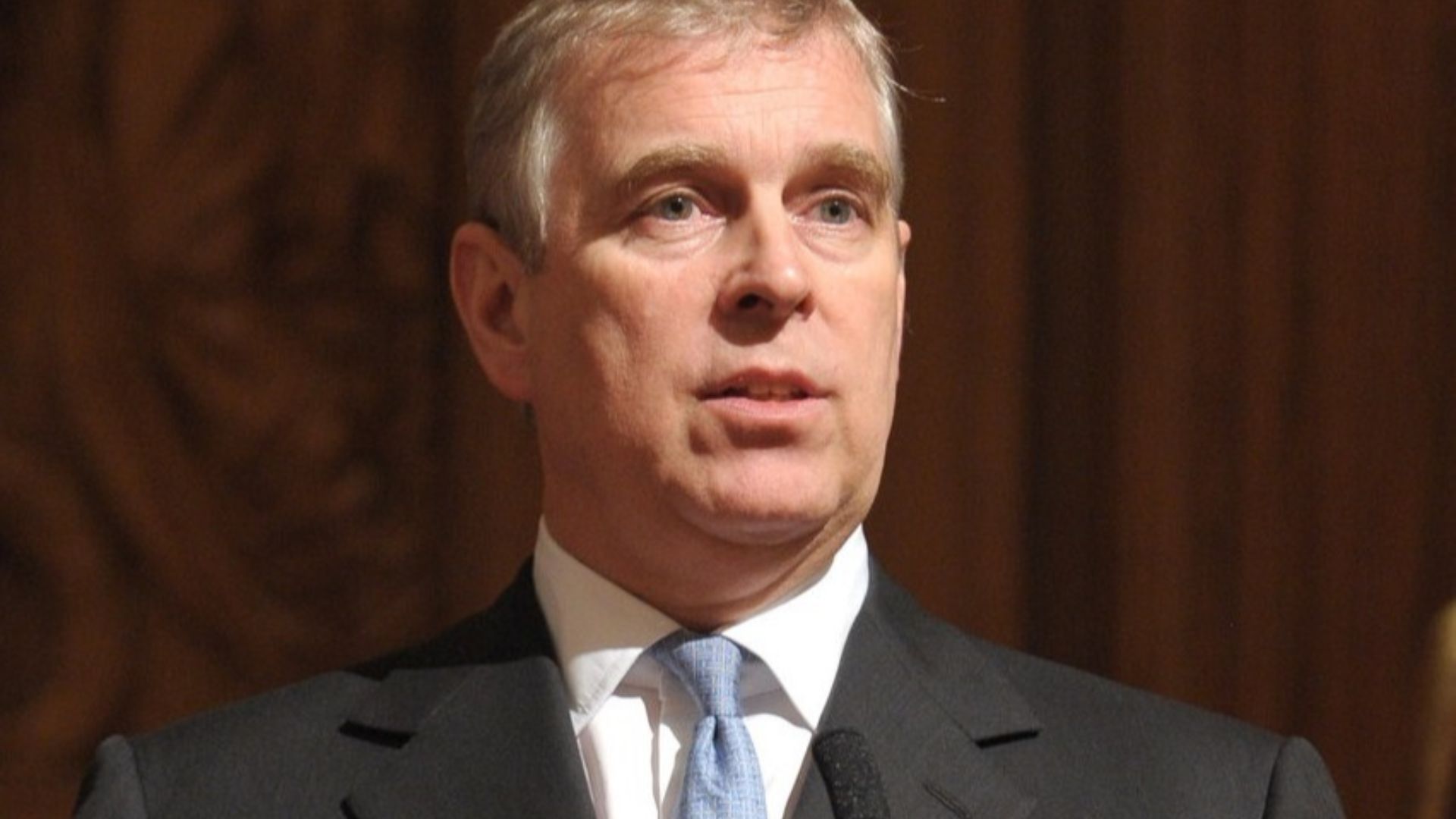 Titanic Belfast, Wikimedia Commons
Titanic Belfast, Wikimedia Commons
Royal Roles Unlikely For Harry’s Children
Though Archie and Lilibet hold prince and princess titles, insiders suggest they’re unlikely to assume royal duties, especially under a future reign led by Prince William. This signals a narrowing monarchy focused on core members, as well as a deliberate move to prevent role confusion across generations not actively serving.
 The Tragedy Of Archie & Lilibet Is Beyond Heartbreaking by The List
The Tragedy Of Archie & Lilibet Is Beyond Heartbreaking by The List
Prince William Reportedly Moves On From Feud
Sources close to the royal household indicate Prince William no longer engages in discussions about his rift with Prince Harry. Instead, he’s focused on immediate responsibilities and shaping his legacy. This emotional distancing reflects a broader palace strategy: prioritize continuity and stability over personal reconciliation in the public eye.
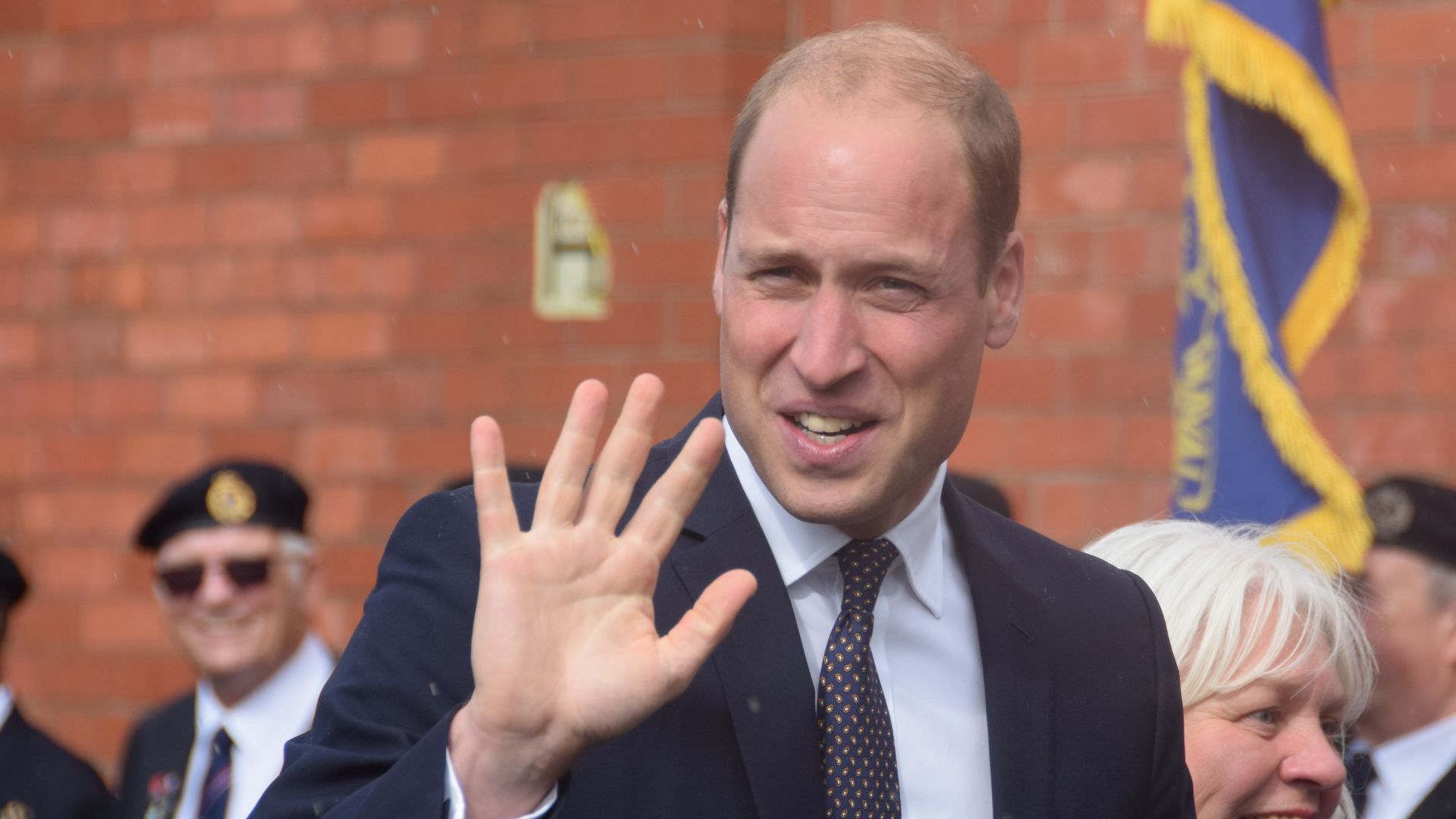 Paul Townley, Wikimedia Commons
Paul Townley, Wikimedia Commons
Zara Tindall May Inherit Horse Racing Duties
As Charles and William scale back involvement in horse racing, reports suggest Zara Tindall—an accomplished equestrian and the Queen’s granddaughter—may step into that role. This handover would honor her grandmother’s deep passion for the sport while keeping the tradition alive through a figure who blends royal ties with genuine expertise.
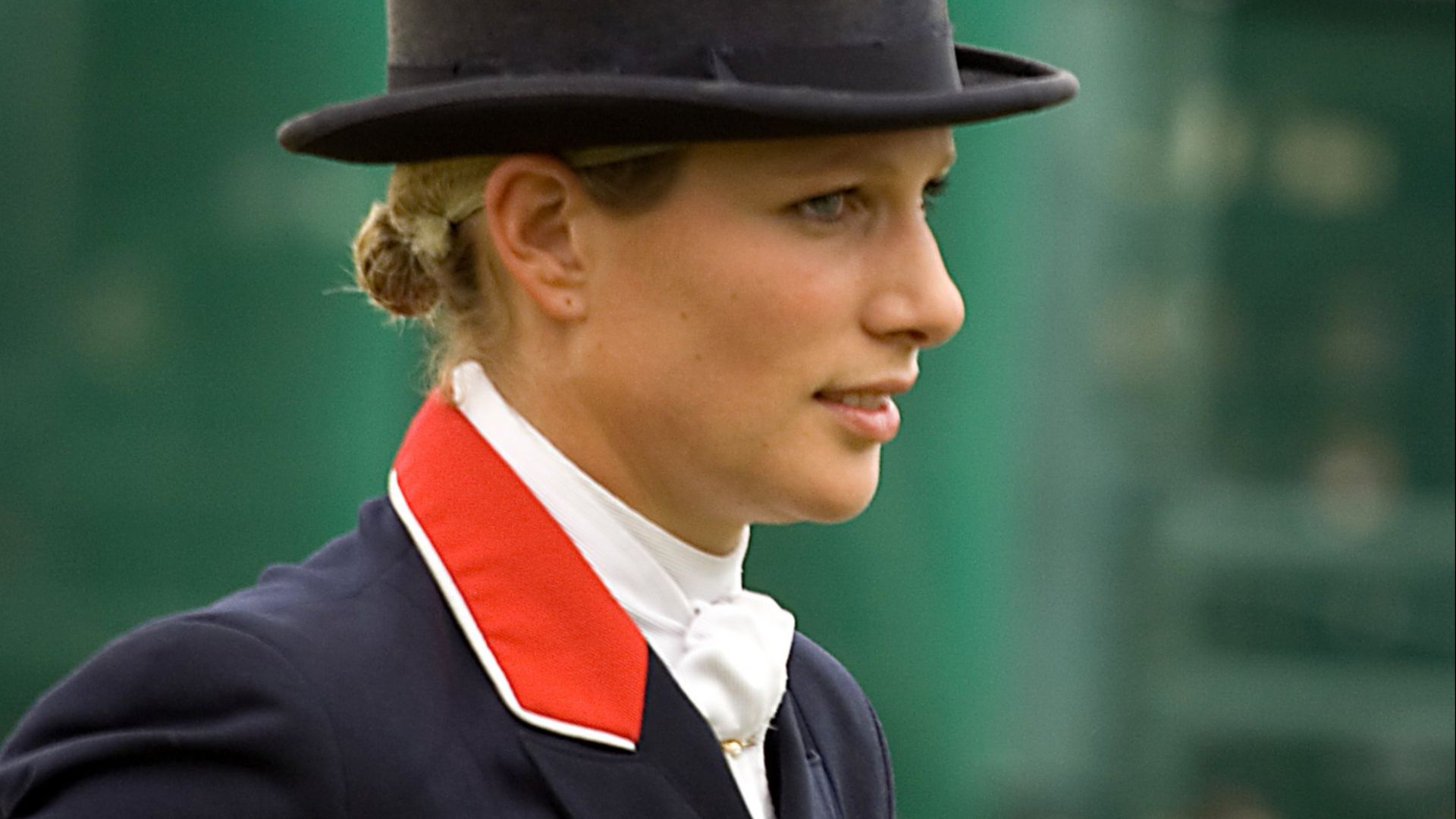 derivative work: Mareklug talk Zara_Phillips.jpg: craig carter, Wikimedia Commons
derivative work: Mareklug talk Zara_Phillips.jpg: craig carter, Wikimedia Commons
Family Duties Shift To Reflect New Priorities
Following the Queen’s passing, key roles and duties among senior royals were redistributed. William and Kate now represent the monarchy more frequently abroad. Other royals have filled gaps left by Elizabeth’s absence, signaling a strategic reshuffling that prioritizes relevance and carefully managed visibility across global and domestic fronts.
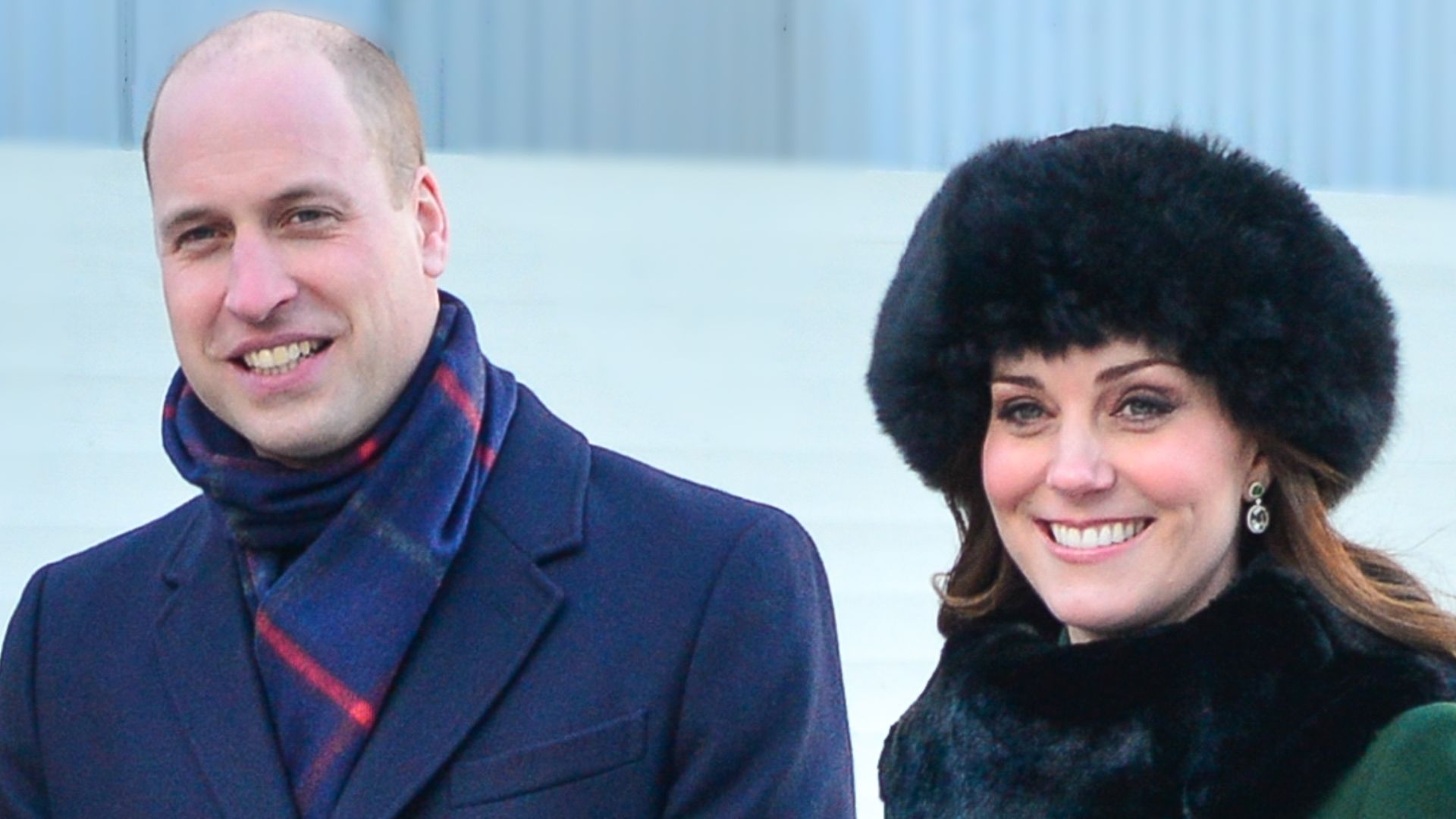 Frankie Fouganthin, Wikimedia Commons
Frankie Fouganthin, Wikimedia Commons
Public Appearances Reflect Strategic Realignment
Since Charles took the throne, public engagements by royal family members have been more curated. There’s a noticeable emphasis on climate and youth outreach. This calculated approach attempts to modernize royal visibility while maintaining tradition. It’s a balance meant to sustain interest and legitimacy among newer, more skeptical generations.
 WATCH: Prince William Plays Computer Game with Children at Youth Hub by The Royal Family Channel
WATCH: Prince William Plays Computer Game with Children at Youth Hub by The Royal Family Channel
The National Anthem Now Honors A King
The British national anthem officially changed from “God Save the Queen” to “God Save the King”. This return to the anthem’s original form marked a subtle but profound cultural shift—echoed across stadiums and ceremonies. It reminds millions of the living nature of monarchy and tradition.
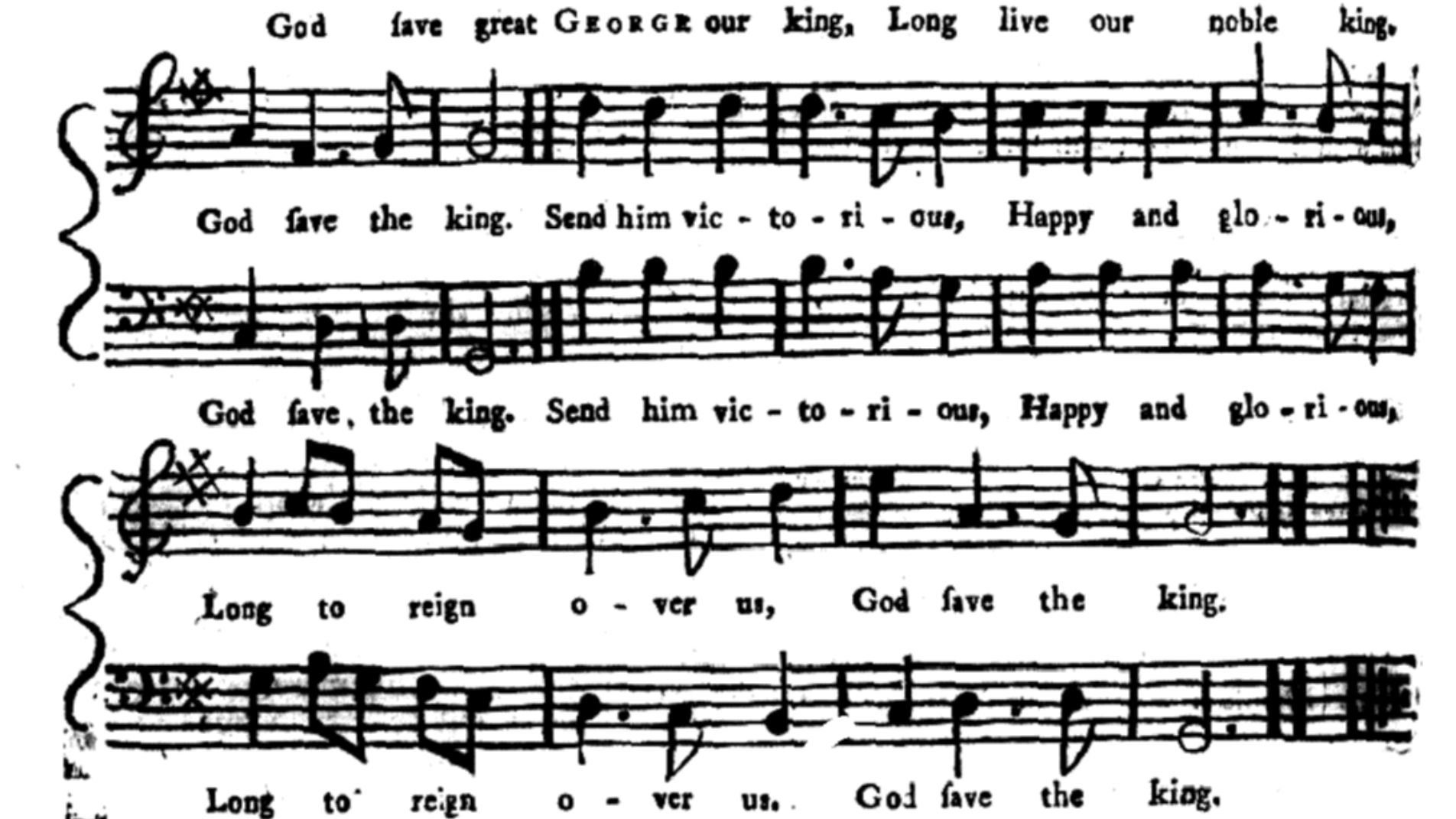 Unknown authorUnknown author, Wikimedia Commons
Unknown authorUnknown author, Wikimedia Commons
Postage Stamps Introduce A New Royal Profile
Royal Mail released its first definitive stamps featuring King Charles III in April 2023. Unlike his mother’s right-facing profile, Charles faces left—continuing the longstanding alternation tradition. The design signals continuity through change, with the updated image now appearing on everyday letters and international packages.
 Stamp collecting update: King Charles III definitive stamps revealed by All About Stamps
Stamp collecting update: King Charles III definitive stamps revealed by All About Stamps
Postboxes Begin Displaying King’s Royal Cipher
New postboxes across the UK now feature King Charles III’s royal cipher: “CIIIR” beneath a stylized crown. While most existing boxes bearing “EIIR” remain unchanged, new installations reflect the reign’s transition. The change is subtle yet symbolic, updating a feature of daily life with tradition.
Passports Updated To Reflect The New Monarch
British passports, previously issued in the Queen’s name, now state “His Britannic Majesty’s Secretary of State”. Though the document’s function remains the same, the language shift reflects an important legal and ceremonial update. This modification, largely unnoticed by travelers, is part of a broader effort to align official text with Charles’s reign.
 Jordan Pettitt - PA Images, Getty Images
Jordan Pettitt - PA Images, Getty Images
Legal Wording Across Institutions Has Been Amended
Official references to “Her Majesty” have been systematically updated to “His Majesty” across legal documents and government departments. While the monarchy’s power remains symbolic, this linguistic overhaul reflects constitutional accuracy and ensures that everyday governance aligns with the reigning sovereign’s formal legal identity.
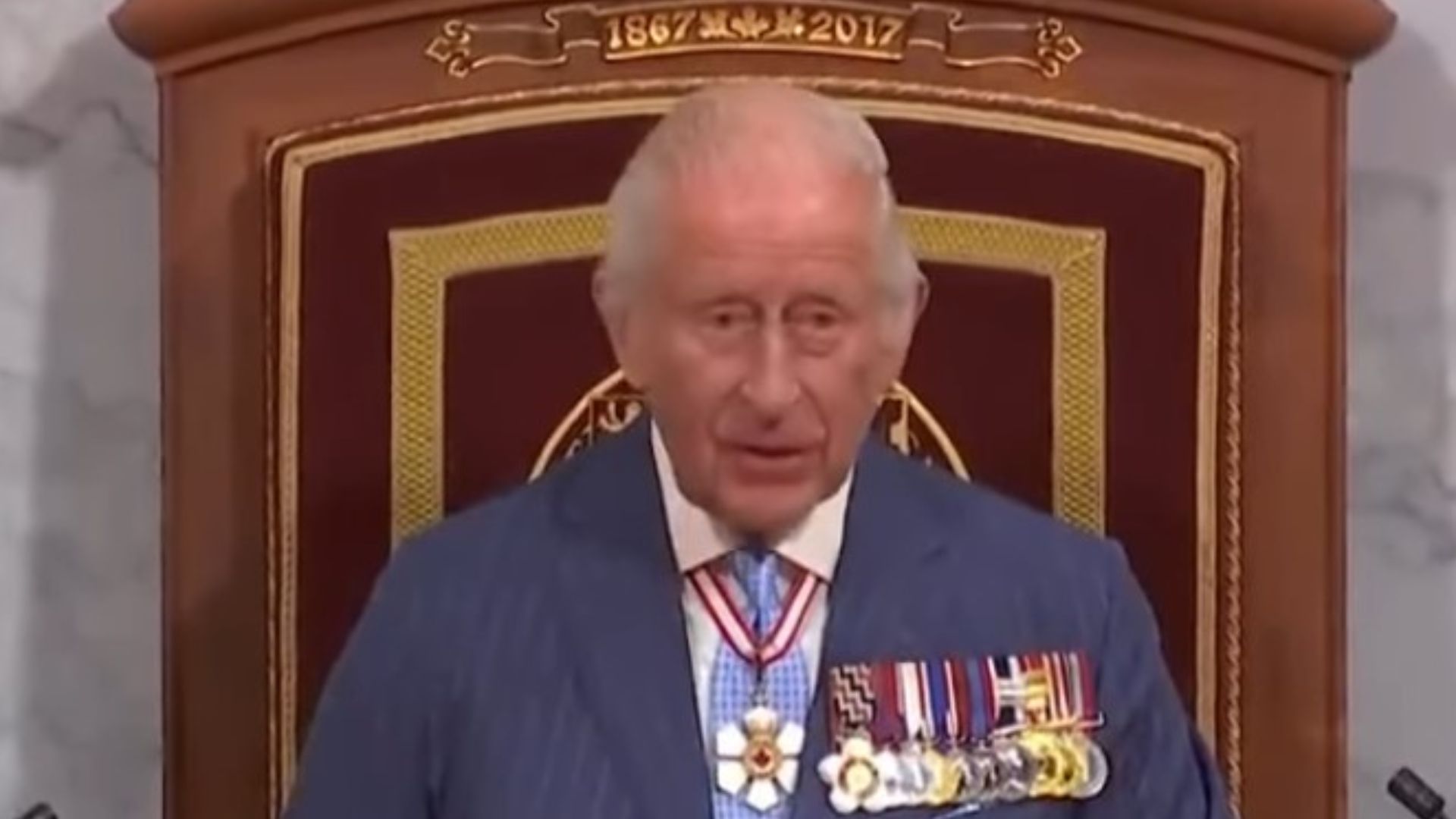 Prime Minister of Canada, Wikimedia Commons
Prime Minister of Canada, Wikimedia Commons
Ceremonies Now Emphasize A New Royal Era
Public ceremonies, from Remembrance Day to investitures, have subtly shifted in tone and structure under King Charles III. Although tradition remains intact, language and even uniforms now reflect his reign. These updates aren’t flashy, but they collectively mark a generational shift that blends royal continuity with measured modernization.
 Royals lead Remembrance Sunday event at Cenotaph by Sky News
Royals lead Remembrance Sunday event at Cenotaph by Sky News
Support For The Monarchy Has Declined Significantly
Recent polling shows British public support for the monarchy at its lowest recorded level. Many cite generational change and questions about royal relevance. Though King Charles III remains a stabilizing figure for some, others view his reign as an inflection point, which raises open questions about the institution’s long-term future.
 HM King Charles III's crowning moment - BBC by BBC
HM King Charles III's crowning moment - BBC by BBC
Global Coverage Of The Royals Becomes More Critical
International media outlets have become more willing to scrutinize the royal family since the Queen’s death. Under Charles III, coverage focuses more on cost and family controversies than ceremonial pageantry. This tonal shift signals a changing relationship between global audiences and an institution once shielded by near-universal reverence.
 The Dark Side of Royal News: AI Lies, Fake Stories, PETA & Misleading Posts by Royal Reporter Lydia
The Dark Side of Royal News: AI Lies, Fake Stories, PETA & Misleading Posts by Royal Reporter Lydia
Schools And Universities Revisit Monarchy’s Role
Academic institutions across the UK have introduced updated discussions about the monarchy. From classroom debates to university seminars, students explore royal history and democratic values. These dialogues—once avoided—are now mainstream. This reflects a growing public interest in critically reexamining Britain’s constitutional and cultural identity.
 History: Democracy & Dictators A Level Course Overview by Godalming College (main)
History: Democracy & Dictators A Level Course Overview by Godalming College (main)
Artists Use Royal Imagery To Question Power
In music and street art, creative voices have used Queen Elizabeth II’s passing to critique monarchy and empire. These works often juxtapose regal symbolism with themes of inequality and national memory. They turn royal transitions into platforms for challenging institutions long seen as untouchable in mainstream British culture.
 Queen Elizabeth II in popular culture by Al Jazeera English
Queen Elizabeth II in popular culture by Al Jazeera English
First Anniversary Of Her Death Held Nationwide
On September 8, 2023, Britain marked the one-year anniversary of Queen Elizabeth II’s passing with solemn services and subdued tributes. Flags were lowered, and memorial broadcasts aired. Though less globally watched than her funeral, the occasion allowed citizens to reflect on the monarch’s legacy and national transformation.
 Queen Elizabeth II remembered a year after her death by Associated Press
Queen Elizabeth II remembered a year after her death by Associated Press
Documentaries Explore Her Reign And Legacy
Following Queen Elizabeth II’s death, major broadcasters released a wave of documentaries chronicling her life and personal sacrifices. These productions aired globally and examined not only royal milestones but also behind-the-scenes decisions. The renewed interest revealed a public desire to understand her leadership beyond the image curated over 70 years.
Royal Messaging Shifts Toward Environmental Themes
Under King Charles III, the monarchy has emphasized climate change and sustainable development. Long known for his environmental advocacy, Charles has amplified these themes in speeches and engagements. This marks a notable difference from Elizabeth’s more reserved public stance.
Global Royal Visits Reflect Diplomatic Reset
Since becoming King, Charles III has undertaken fewer, more targeted international visits that often focus on strengthening diplomatic ties and addressing post-colonial relationships. His approach emphasizes reconciliation and soft diplomacy over ceremonial pomp. These trips suggest a recalibrated royal presence abroad, shaped by both geopolitical realities and changing public expectations.
 Ukrainian President meets King Charles III in Windsor by Kanal13
Ukrainian President meets King Charles III in Windsor by Kanal13
Royal Residences Adjusted For Practicality
The King has reportedly chosen not to move into Buckingham Palace full-time, opting instead for Clarence House and other residences. Renovations and cost concerns influenced this decision. The symbolic weight of Buckingham Palace remains, but Charles’s residential preferences reflect a quieter, more cost-conscious approach to royal life.
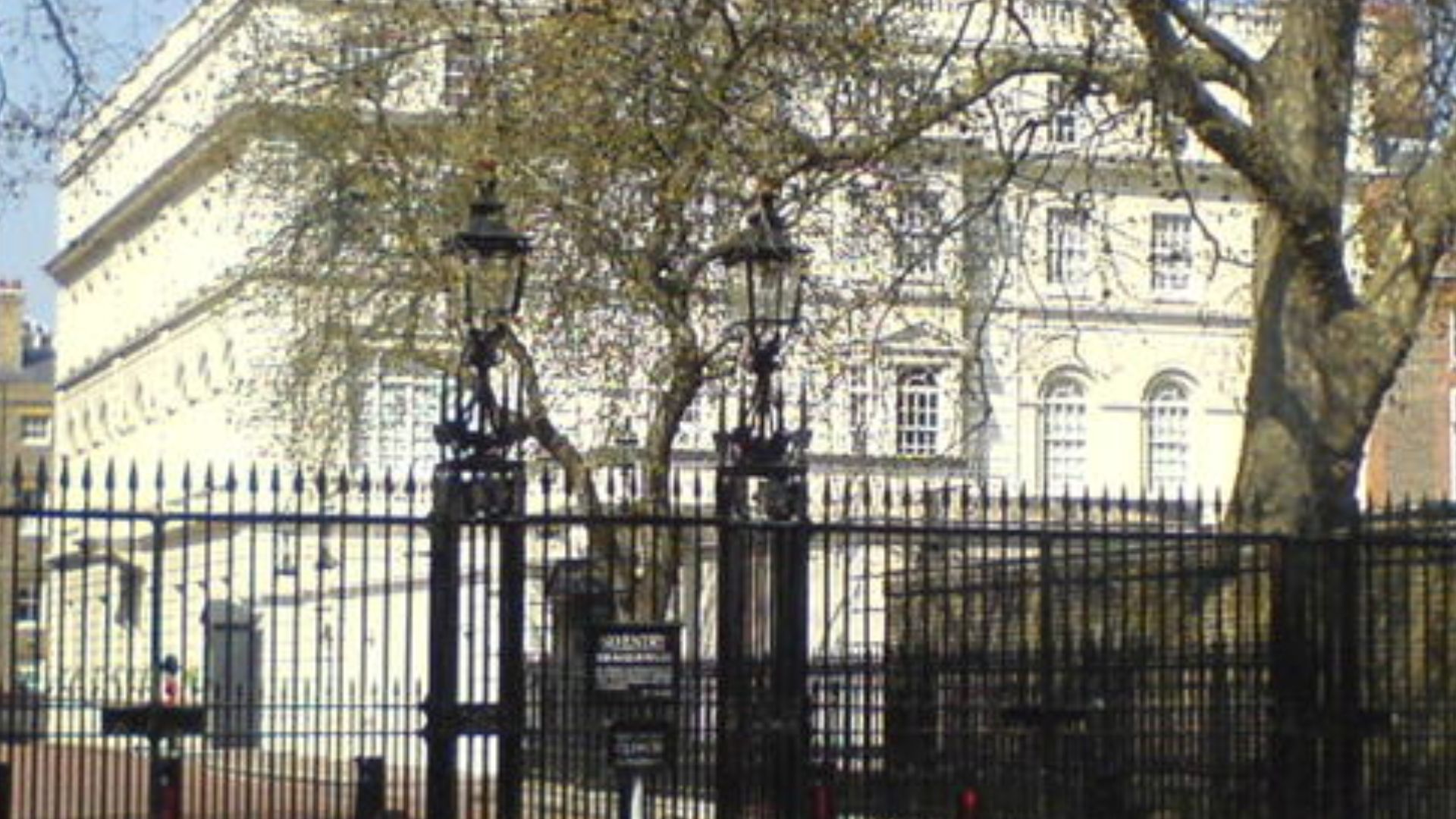 Funguy06 (talk), Wikimedia Commons
Funguy06 (talk), Wikimedia Commons
Queen Consort Camilla Assumes New Duties
Camilla’s role has expanded significantly since becoming Queen Consort. She now supports key royal causes and has gradually gained public favor. Once a divisive figure, her steady presence and measured public image have helped solidify her position in the new structure of royal leadership.
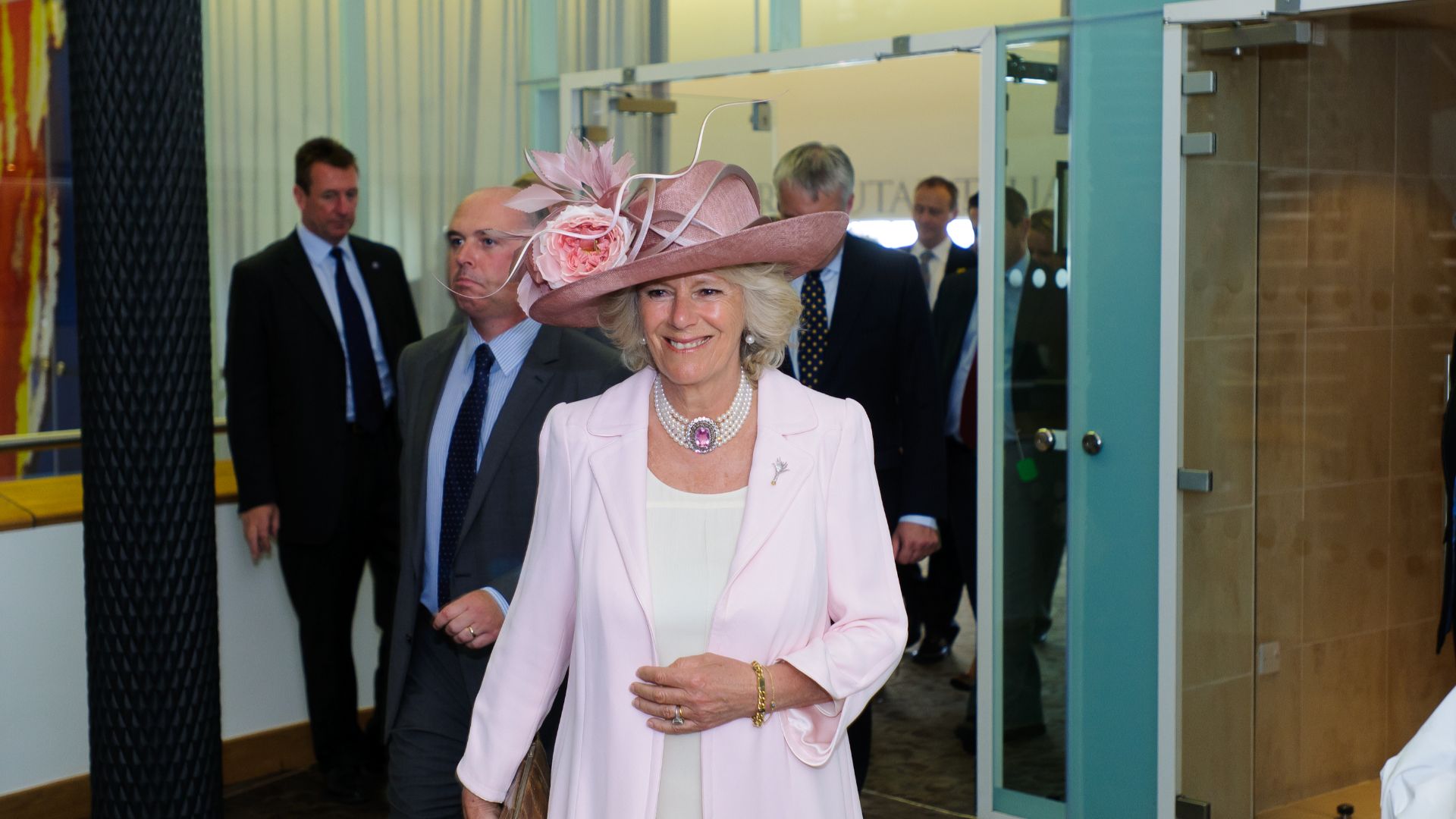 Senedd Cymru / Welsh Parliament from Wales, Wikimedia Commons
Senedd Cymru / Welsh Parliament from Wales, Wikimedia Commons
Monarchy Faces Pressure To Justify Public Funding
With rising living costs and institutional skepticism, public discourse increasingly questions the financial support granted to the monarchy. Reports scrutinizing royal expenses have gained traction. While supporters argue for tradition and tourism, critics demand transparency and reform—challenging the crown to defend its taxpayer-funded role in modern British society.
 Royal Finances Triple: Is it a Waste of Taxpayer Money? by TLDR News
Royal Finances Triple: Is it a Waste of Taxpayer Money? by TLDR News
Charities Reevaluate Royal Patronage Structures
Numerous charities reassigned or restructured royal patronages. Some passed to Charles, Camilla, or William, while others were retired. This shift reflects a broader trend toward modernizing nonprofit partnerships. They focus less on ceremonial endorsement and more on aligning with active, issue-driven involvement from the royal family.
 King Charles takes on more than 200 new charity patronages by Sky News
King Charles takes on more than 200 new charity patronages by Sky News
Social Media Engagement Grows Under Charles
The royal household has modernized its digital strategy since King Charles III’s accession. Official Instagram and X (formerly Twitter) accounts highlight streamlined messaging and real-time updates. These channels offer curated transparency to modernize royal outreach and reach younger audiences.
Historic Sites Add Charles To Royal Tours
Royal palaces and historic venues across the UK have updated exhibits and guided tours to include The King’s role. From official portraits to coronation memorabilia, these additions bridge past and present. Institutions like Windsor Castle and Kensington Palace remain living museums of Britain’s changing constitutional monarchy.

